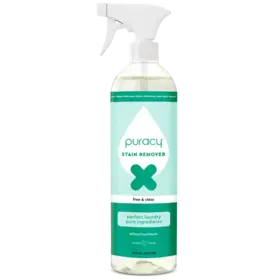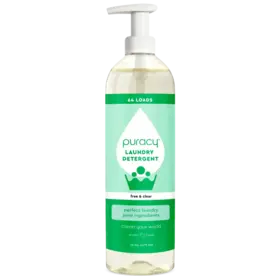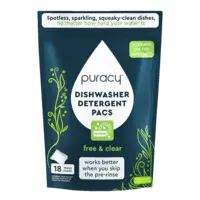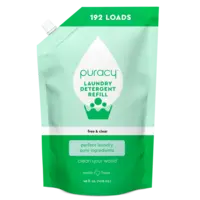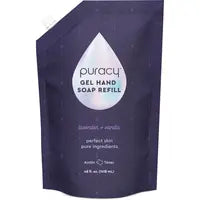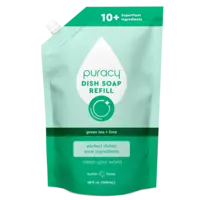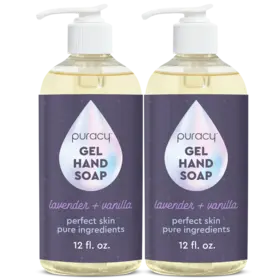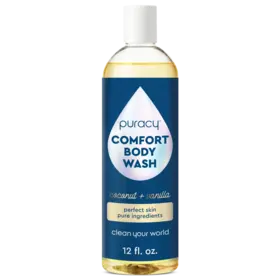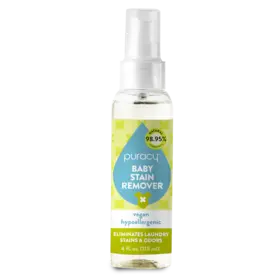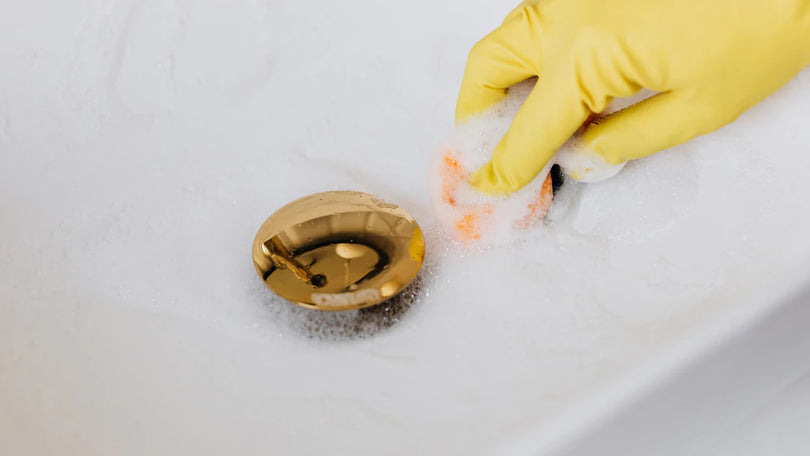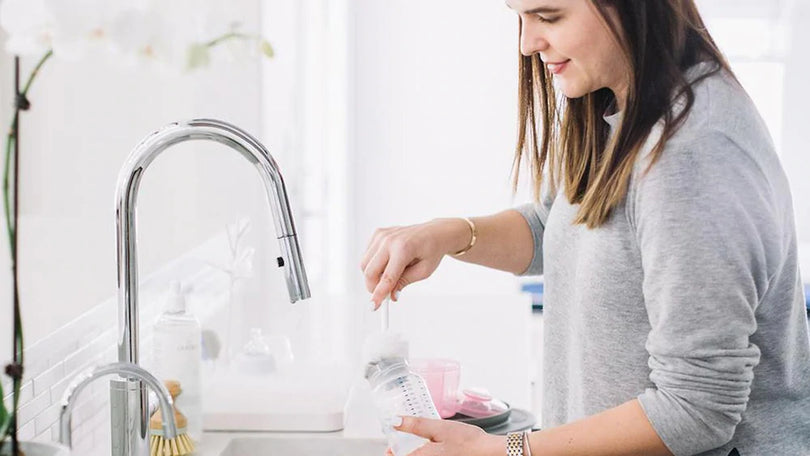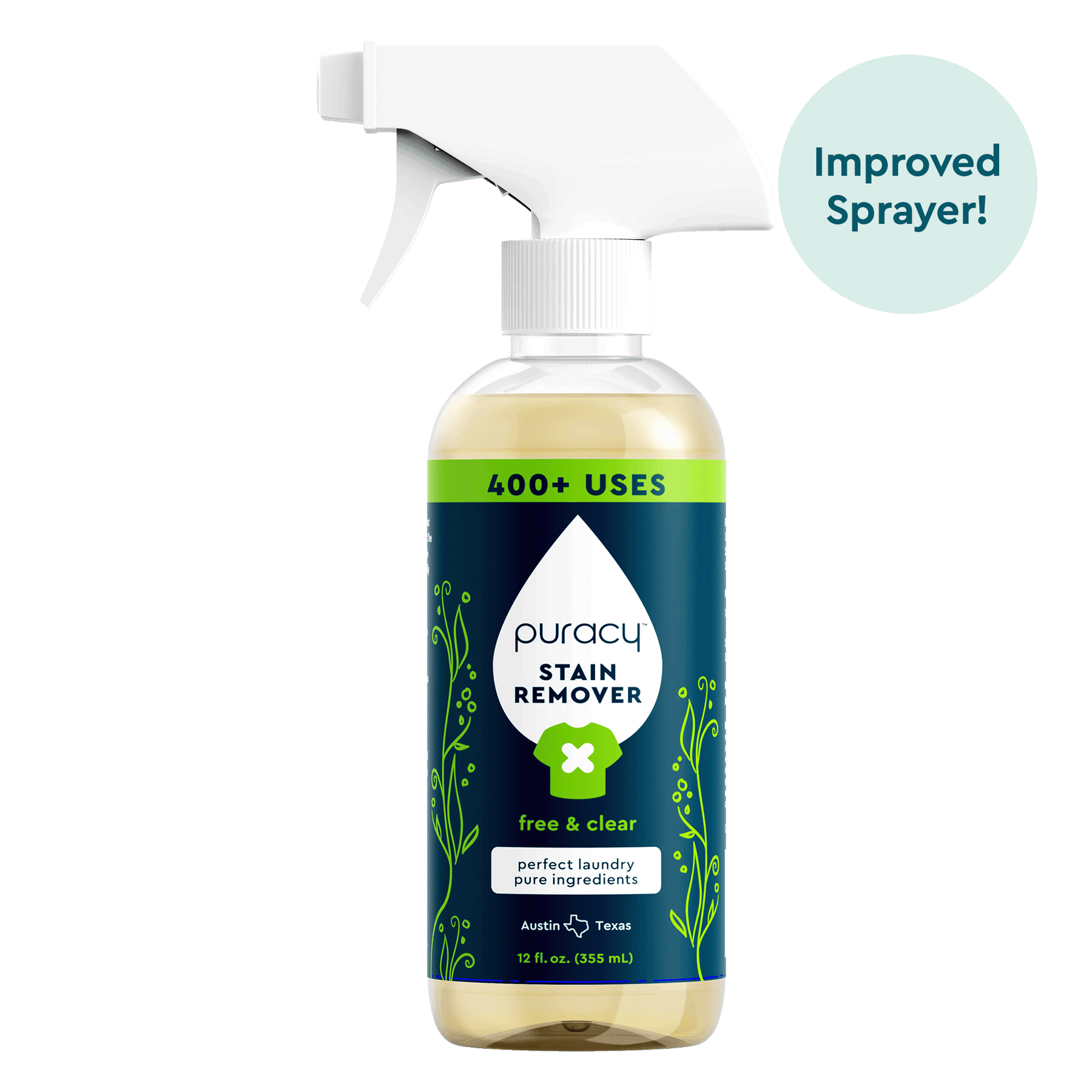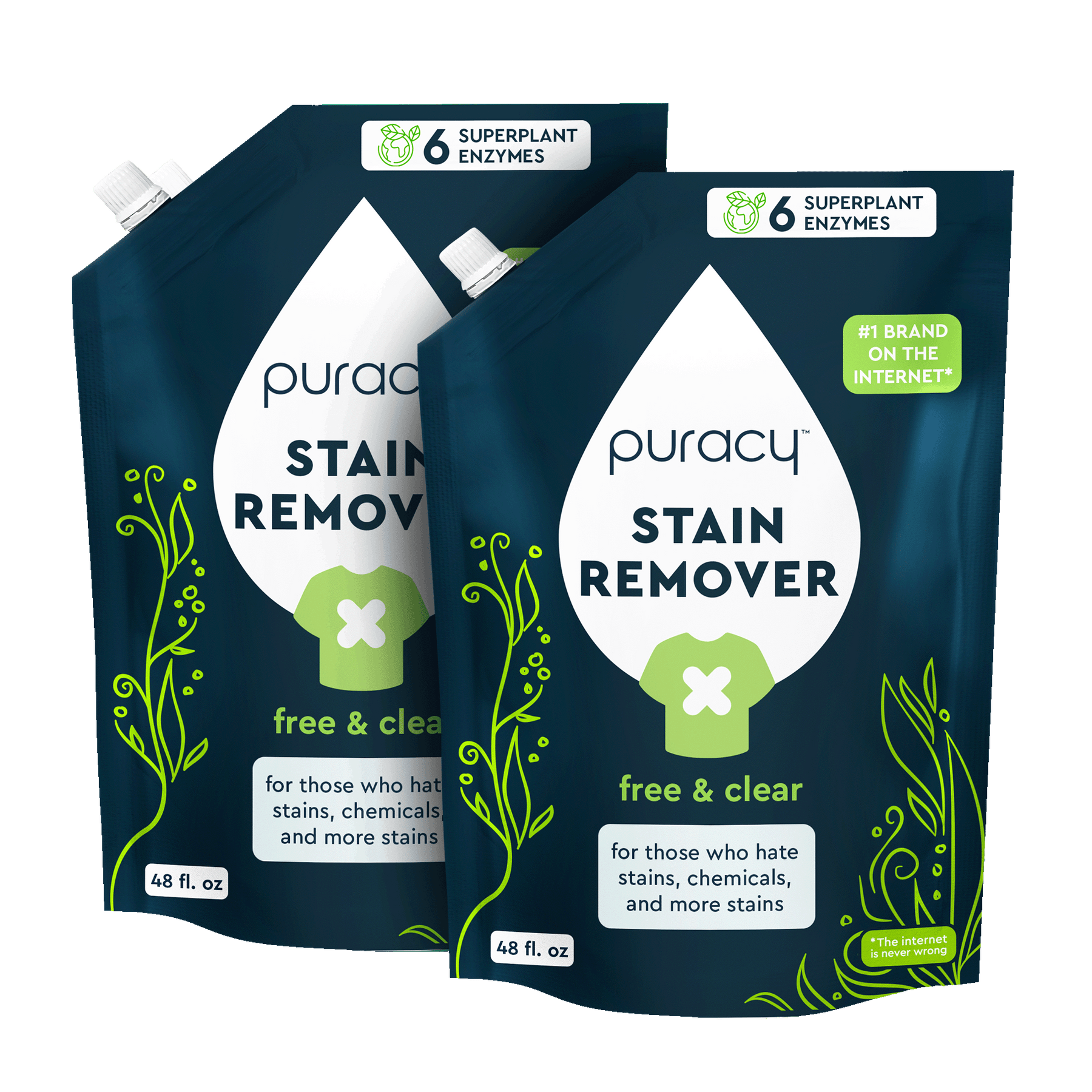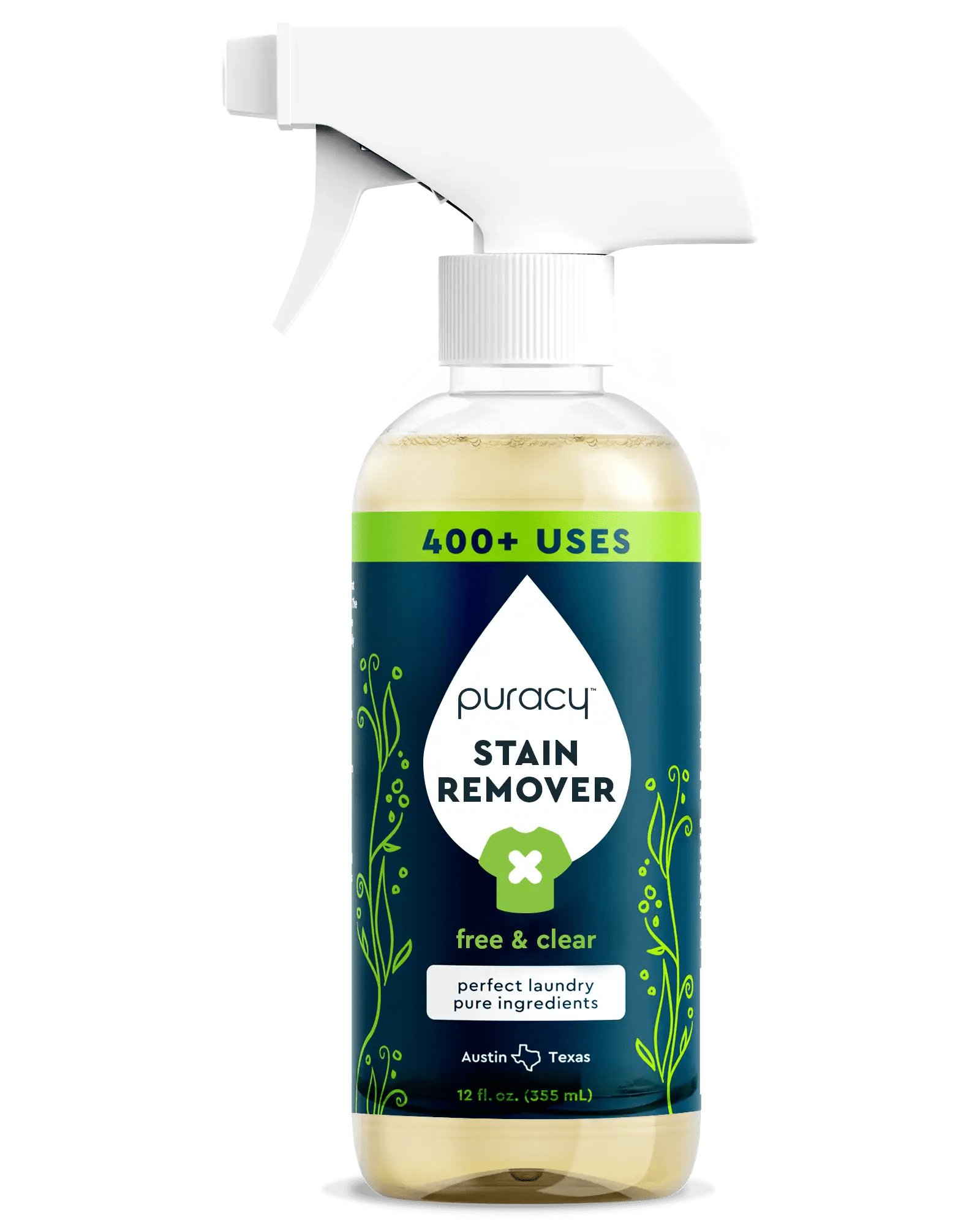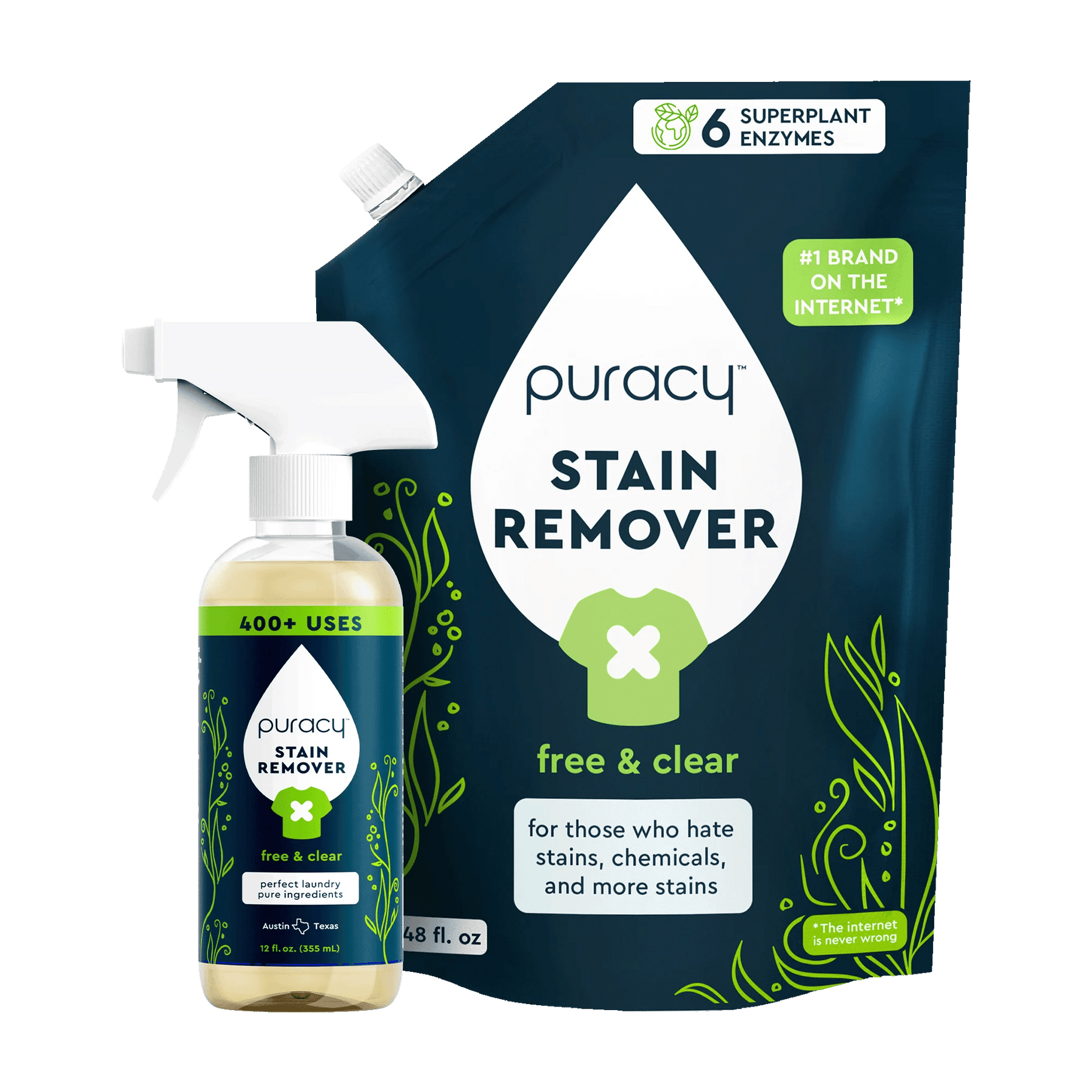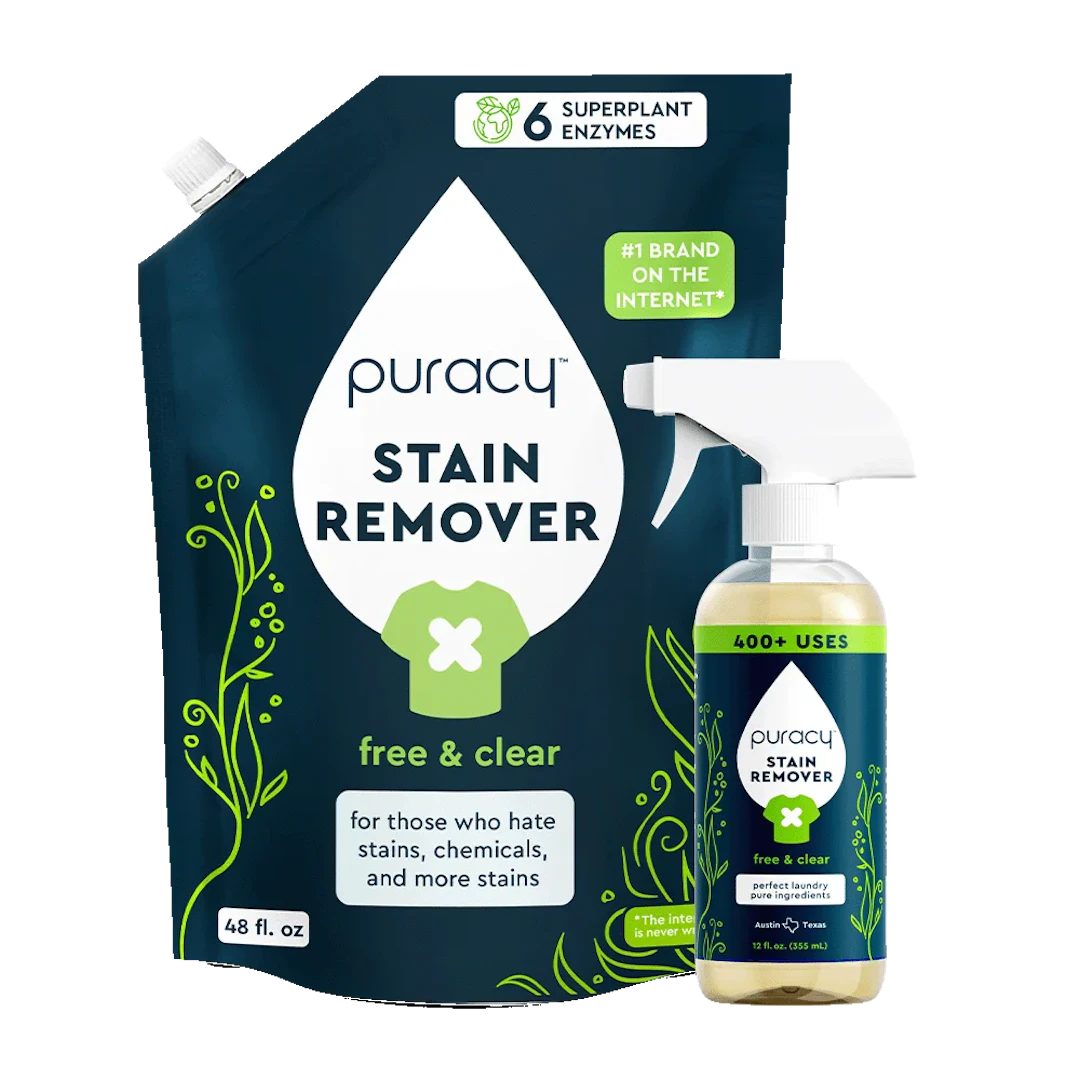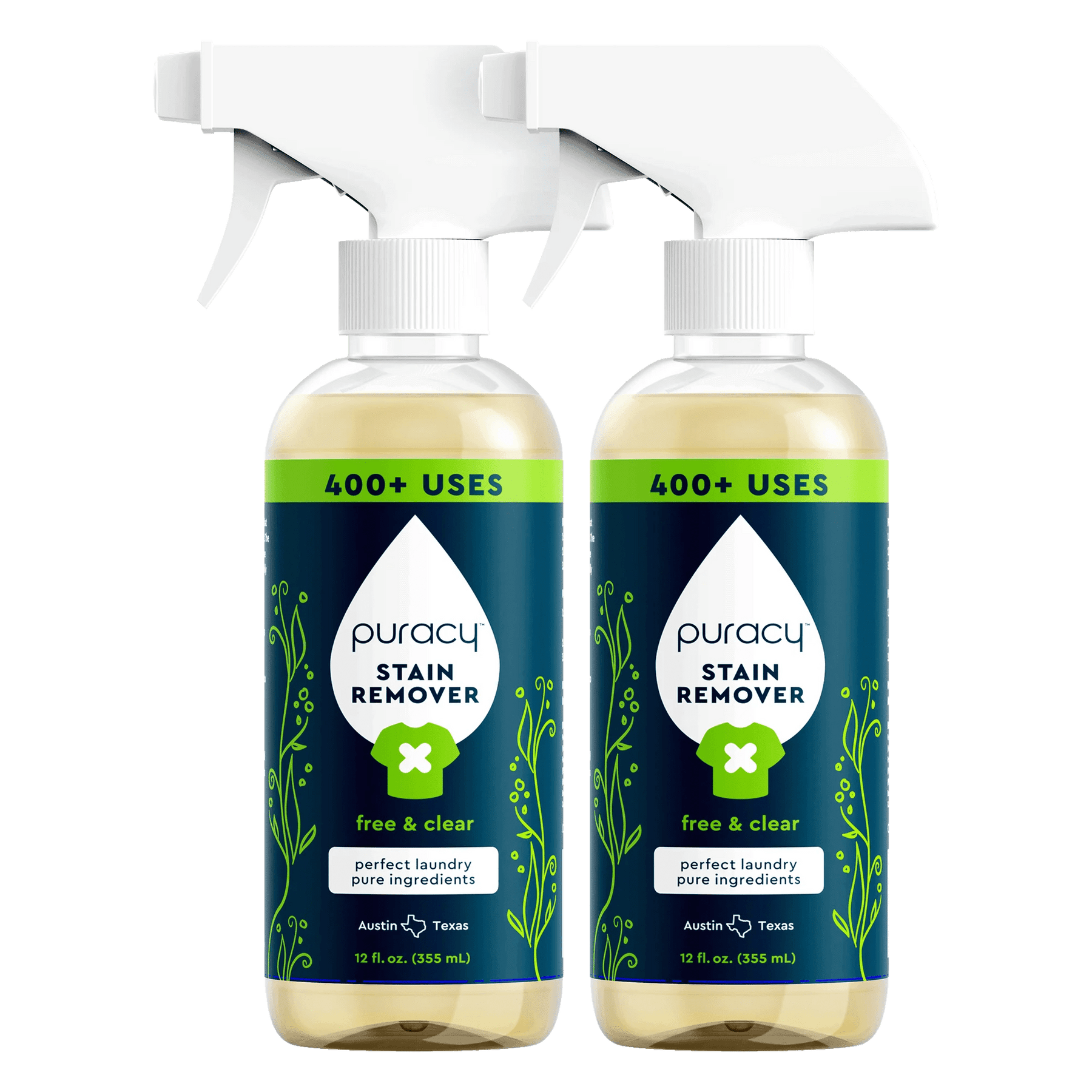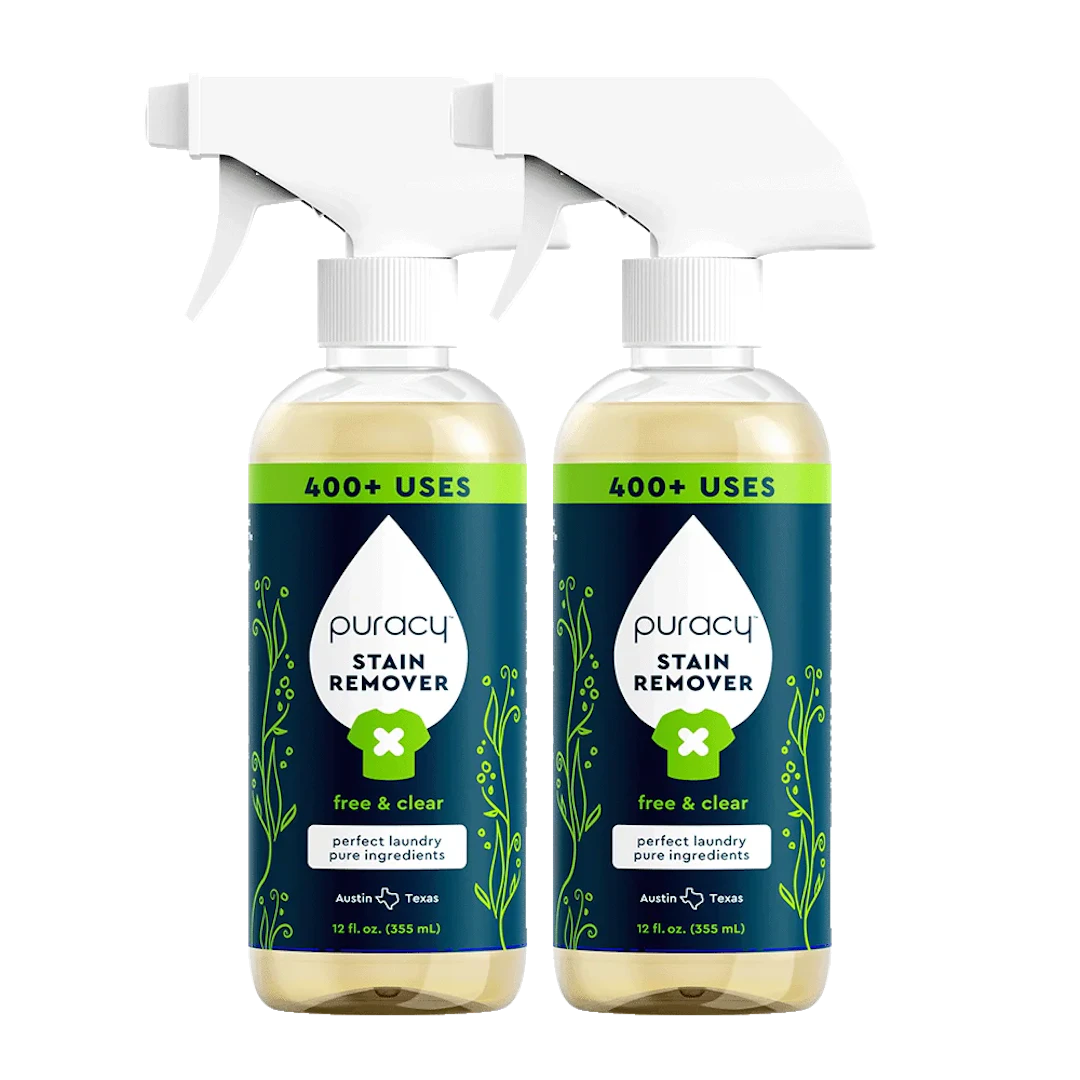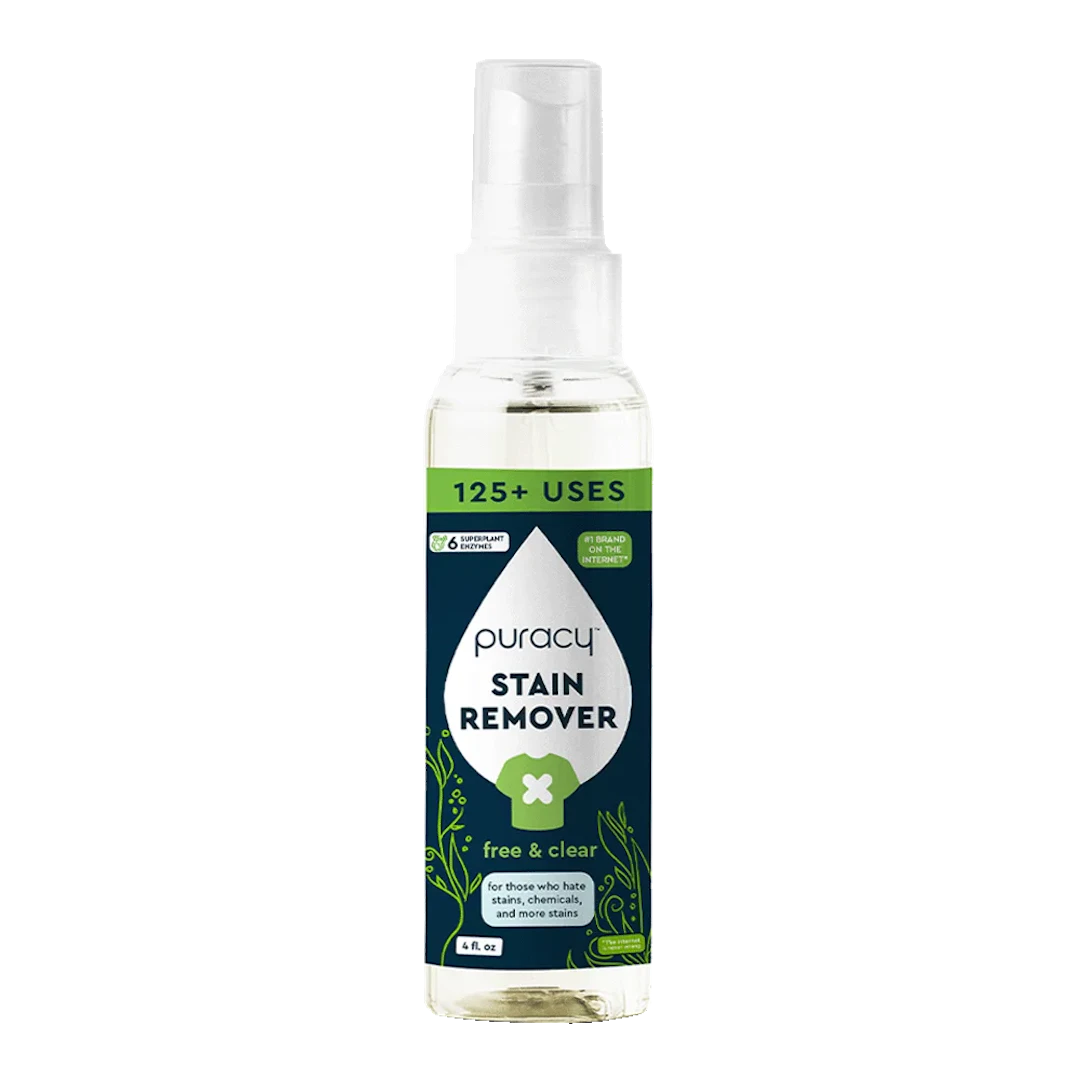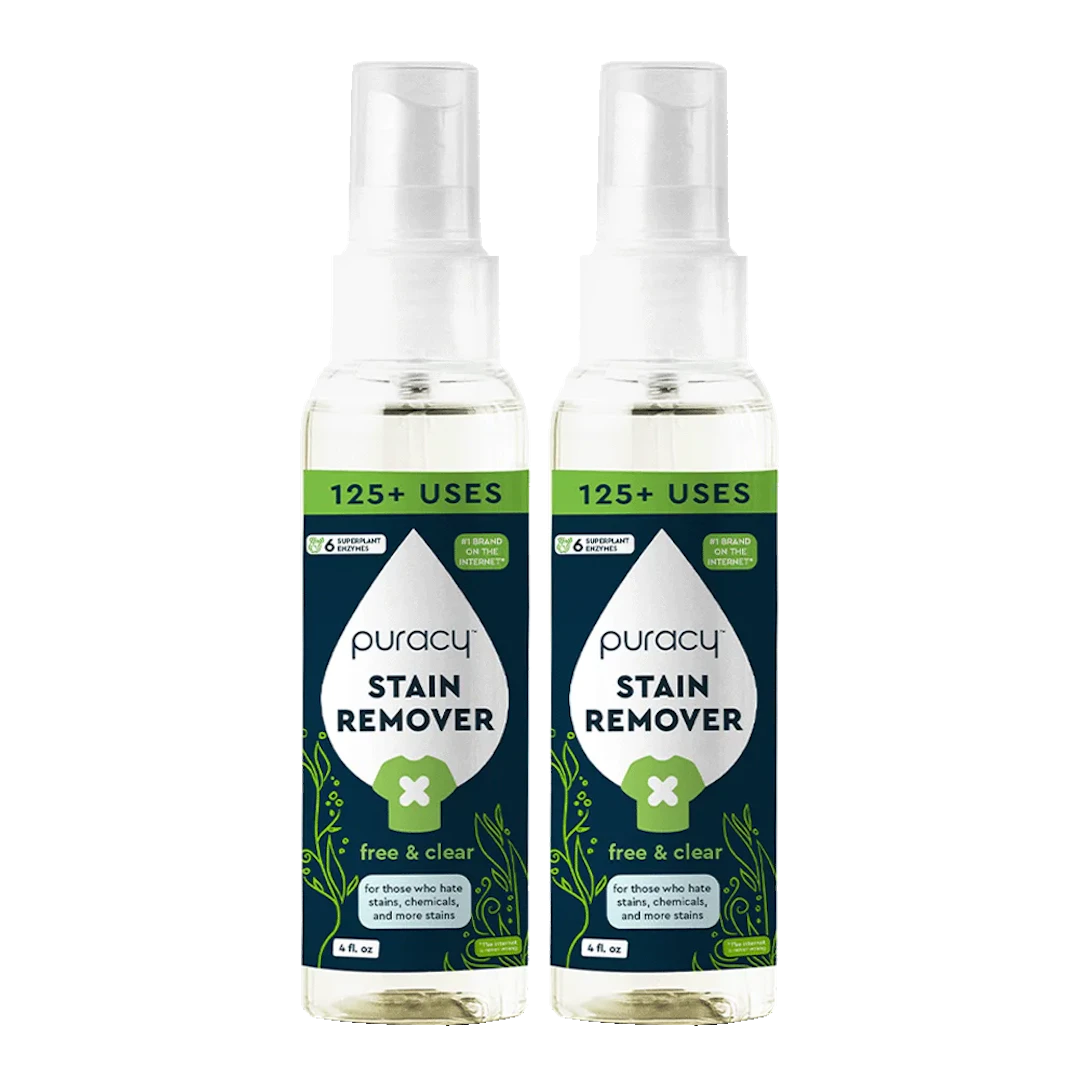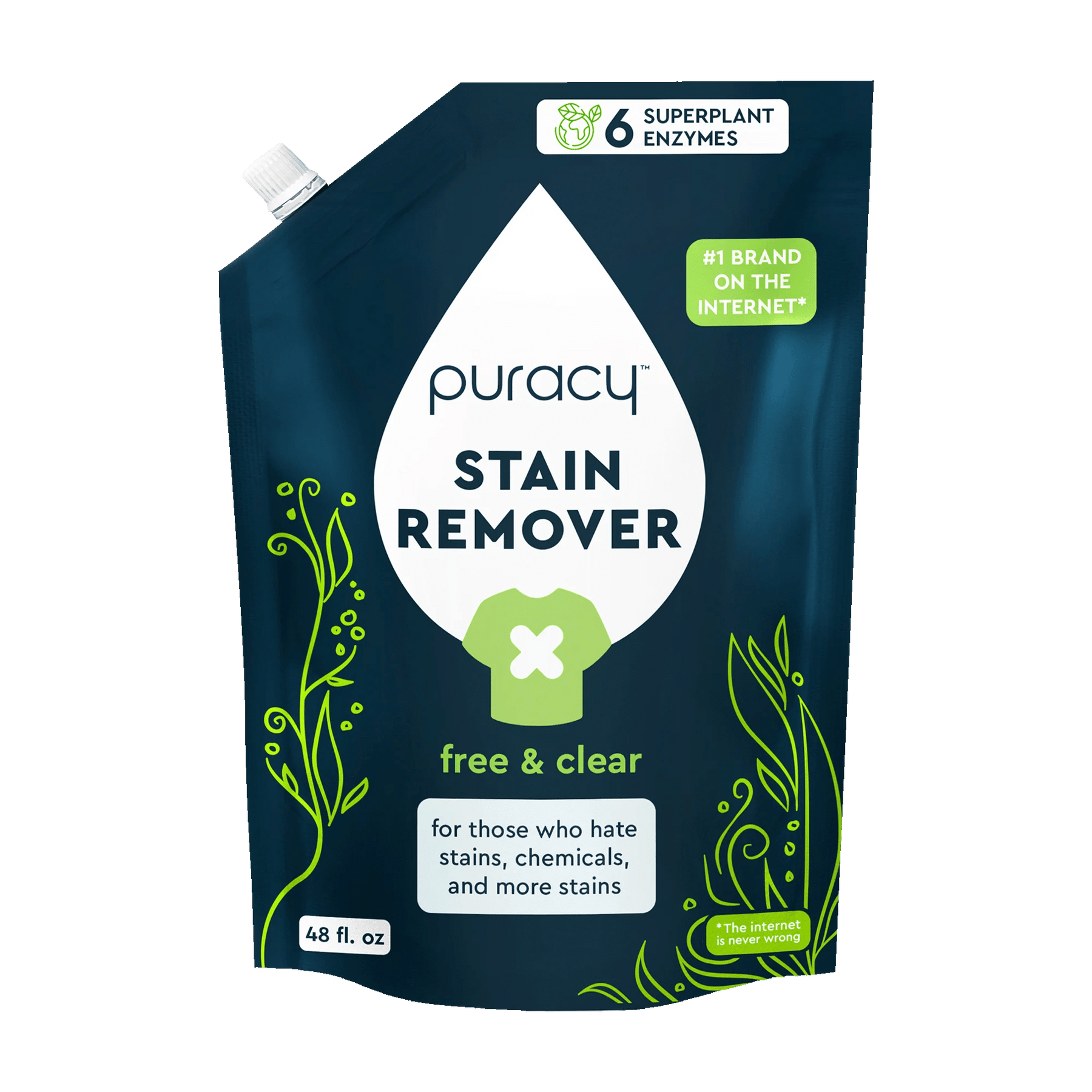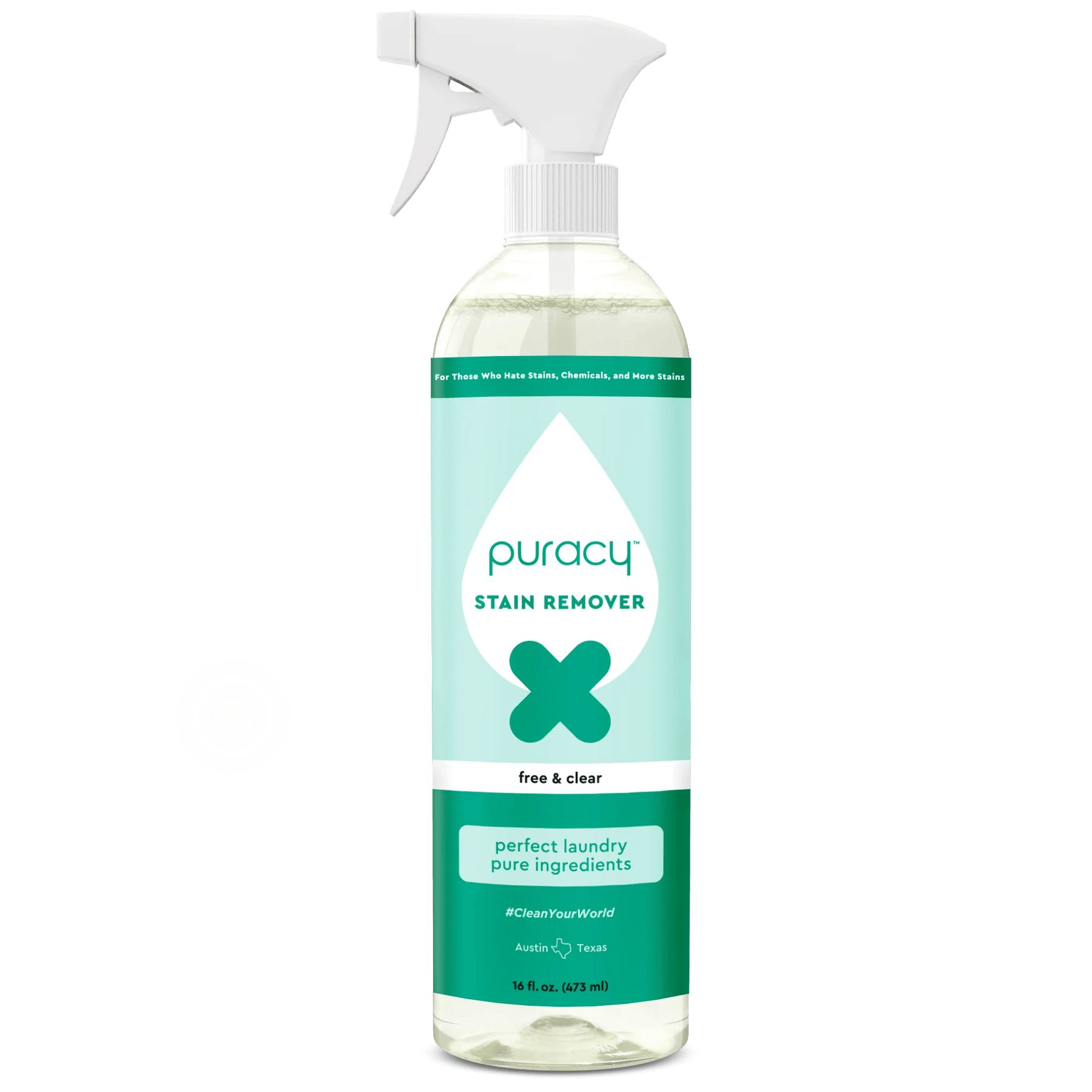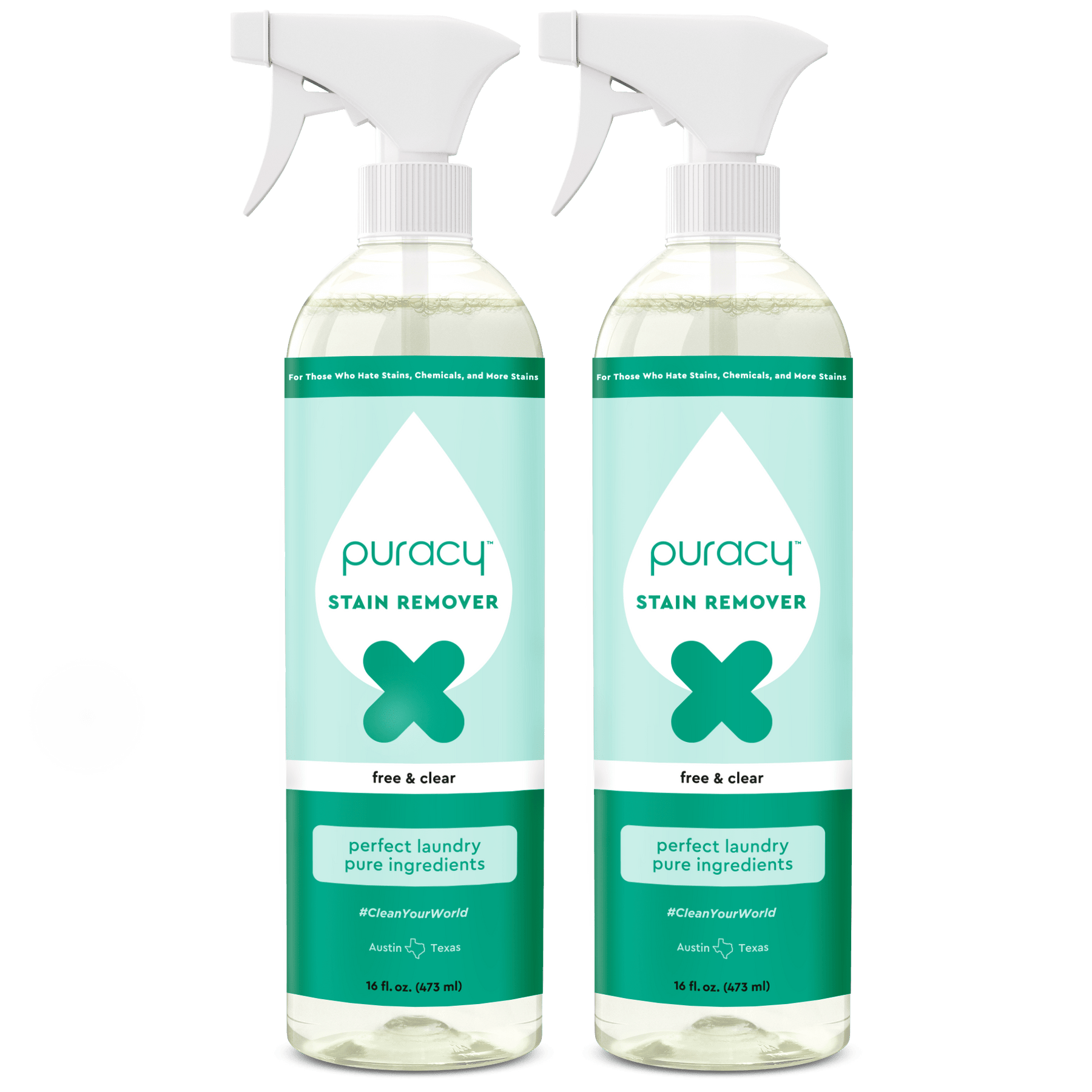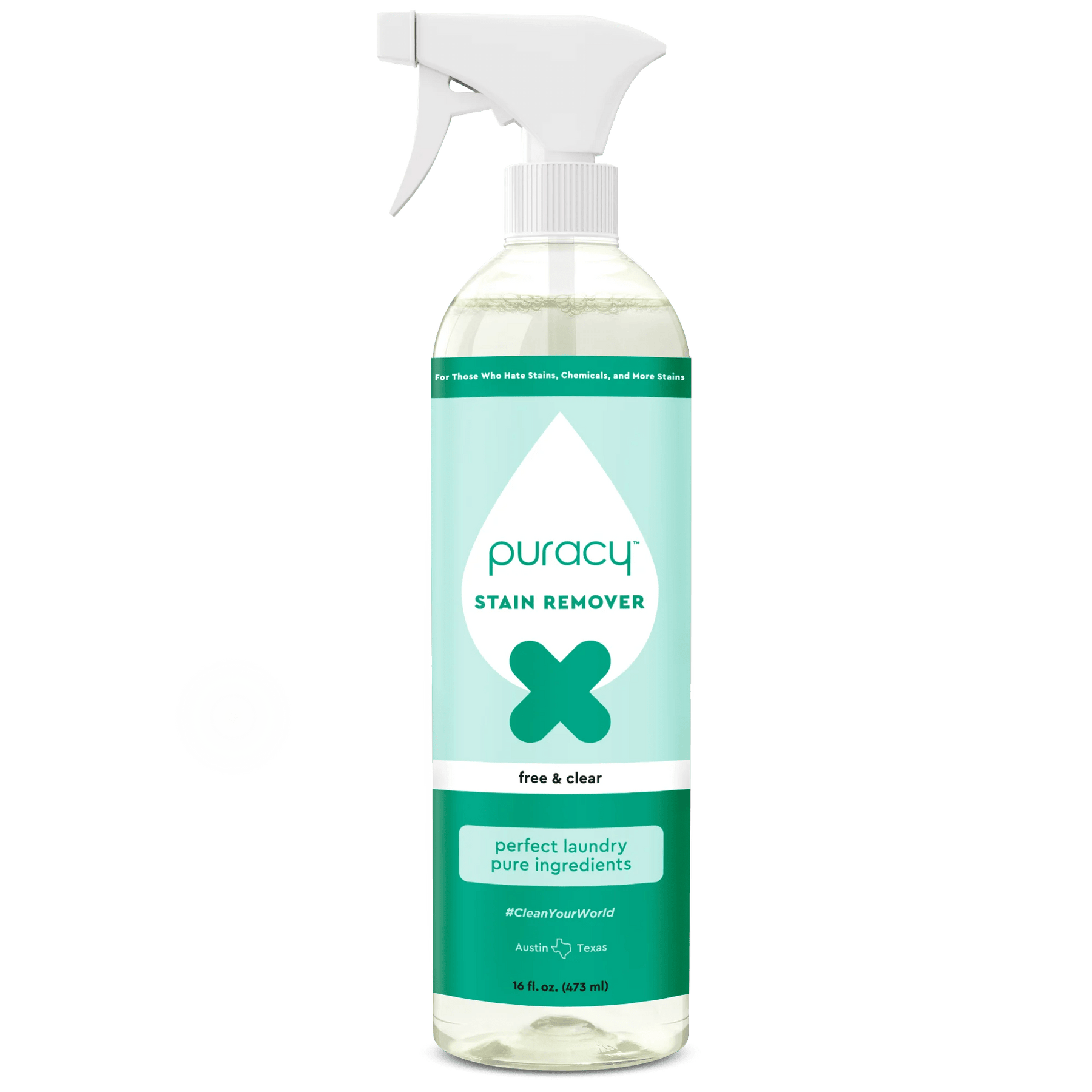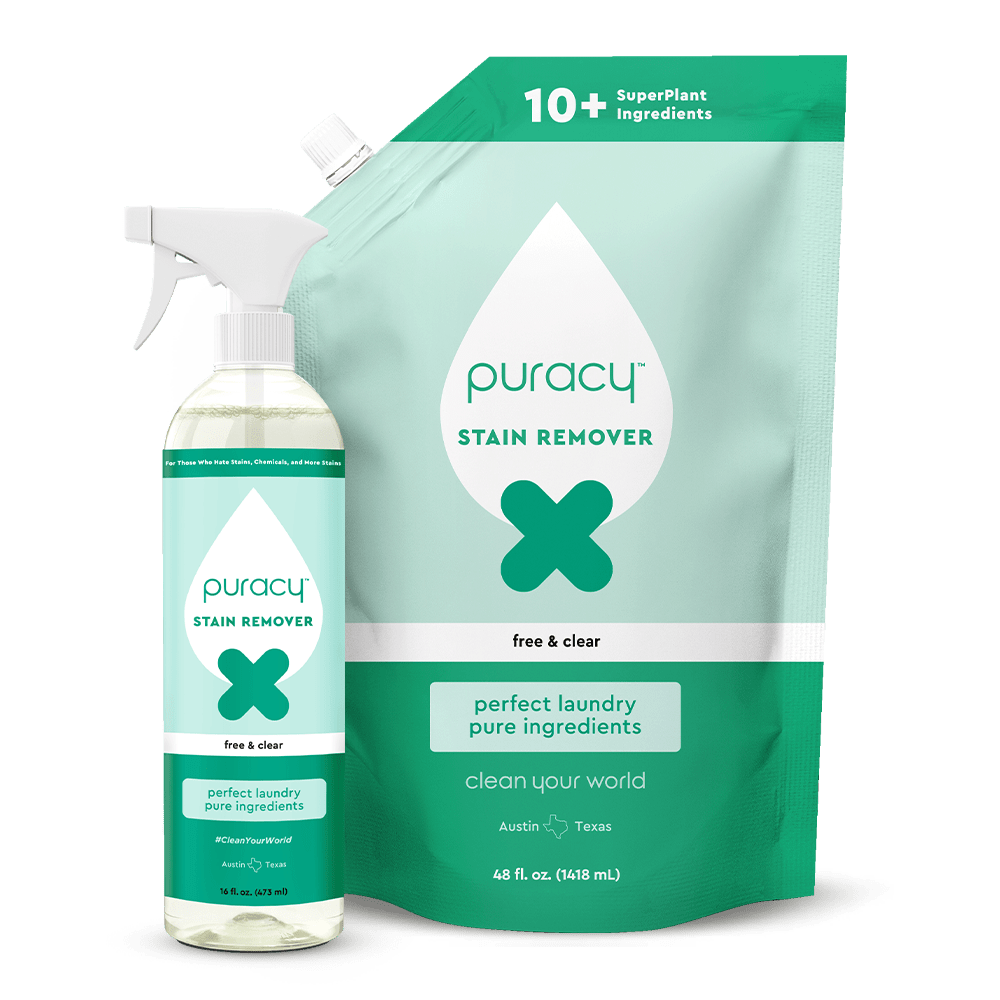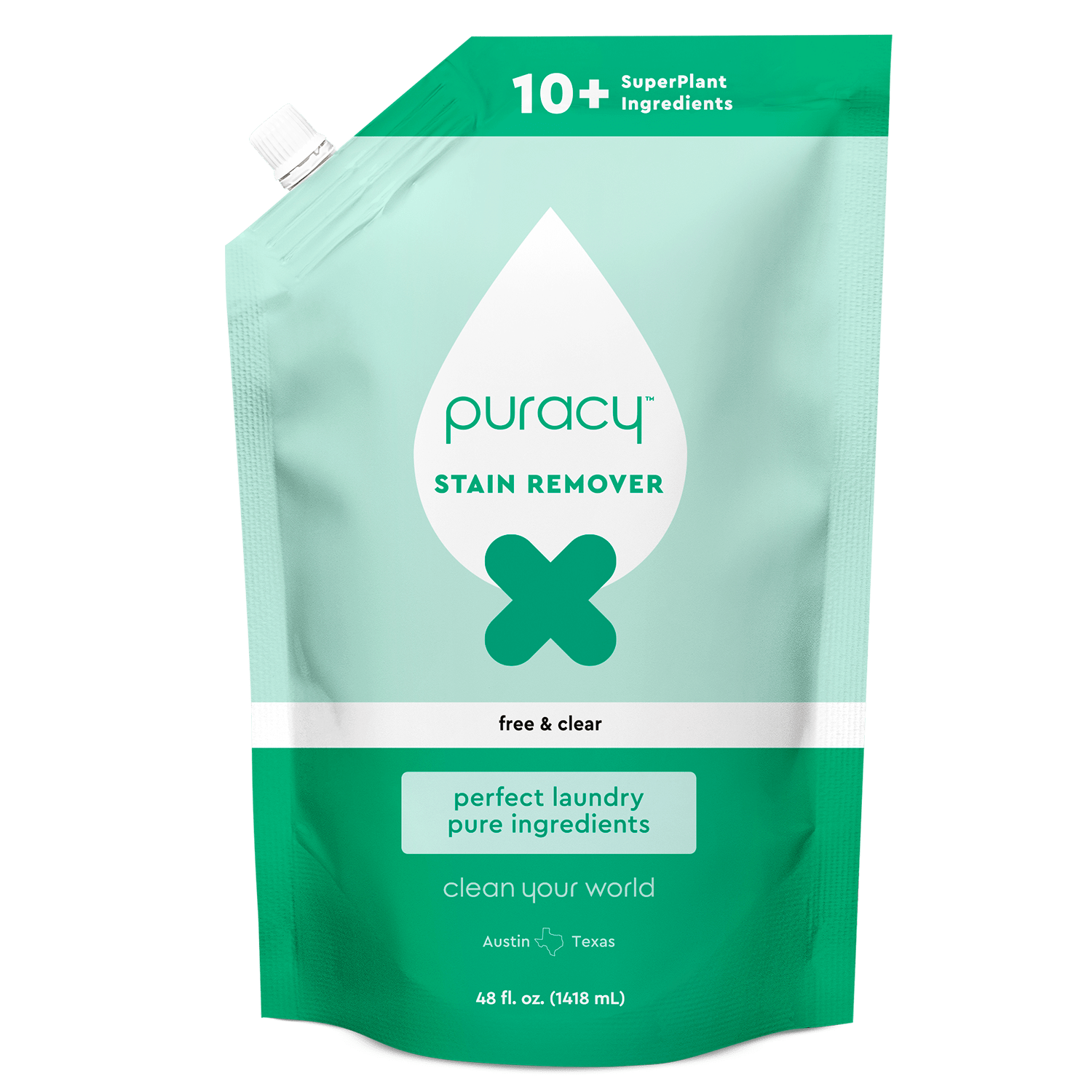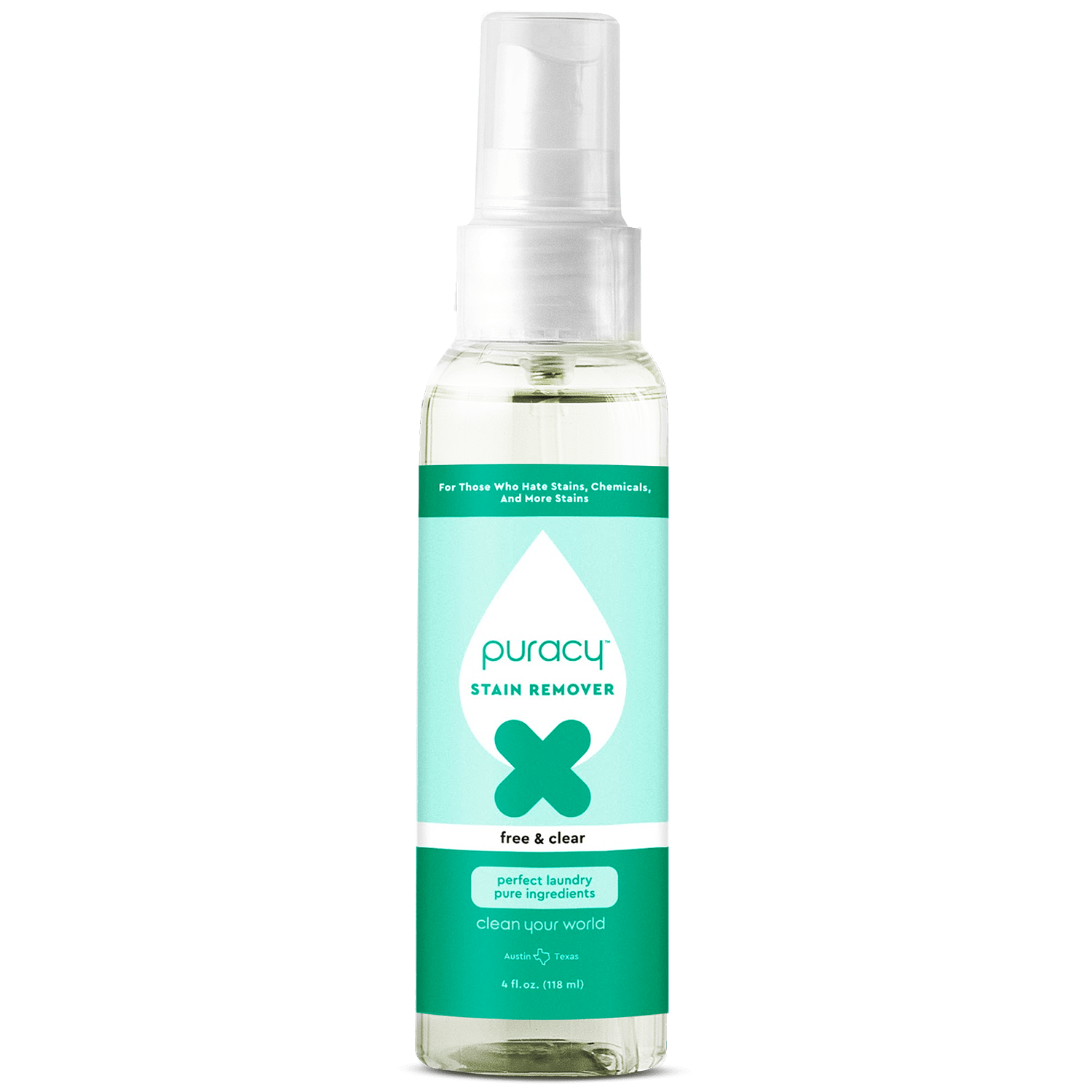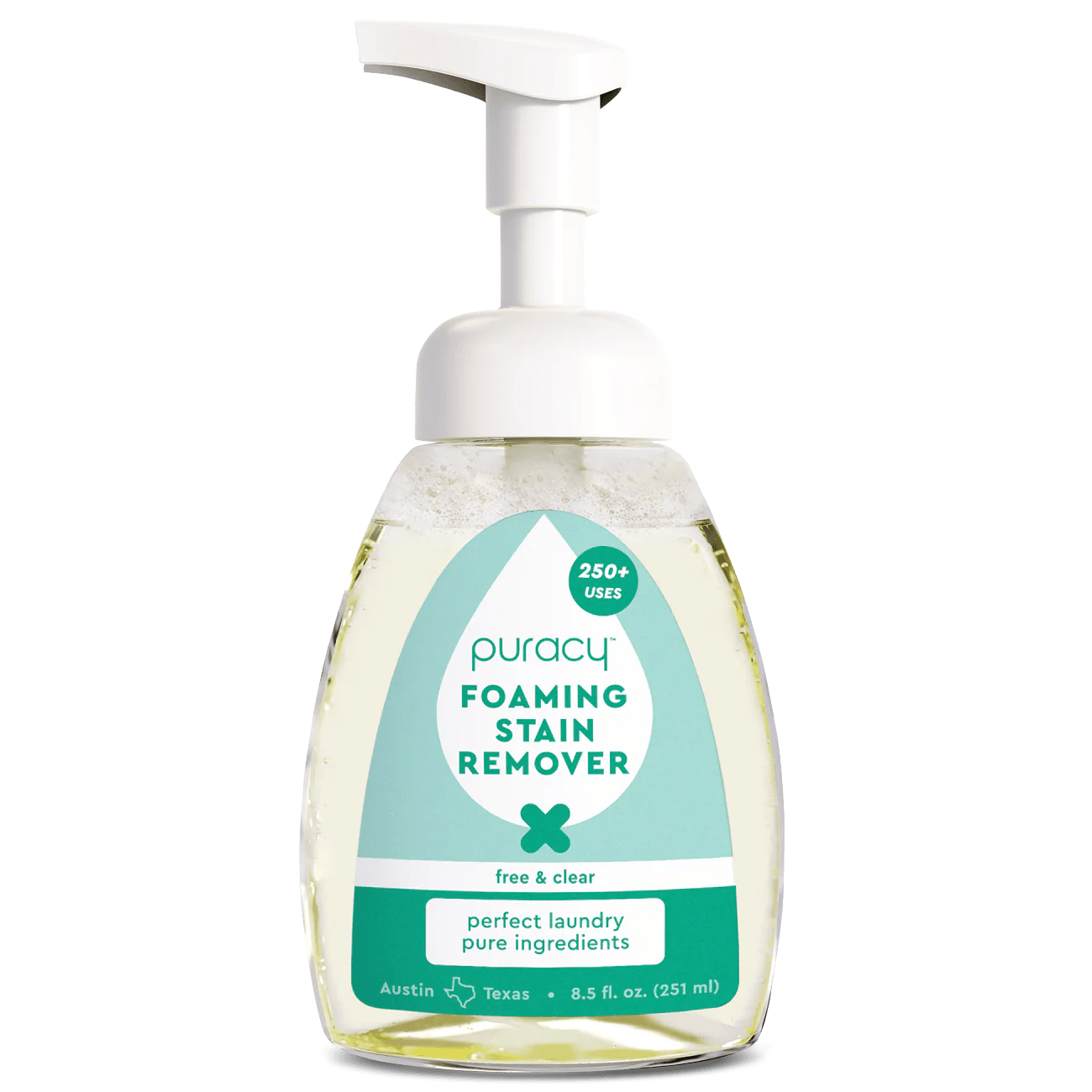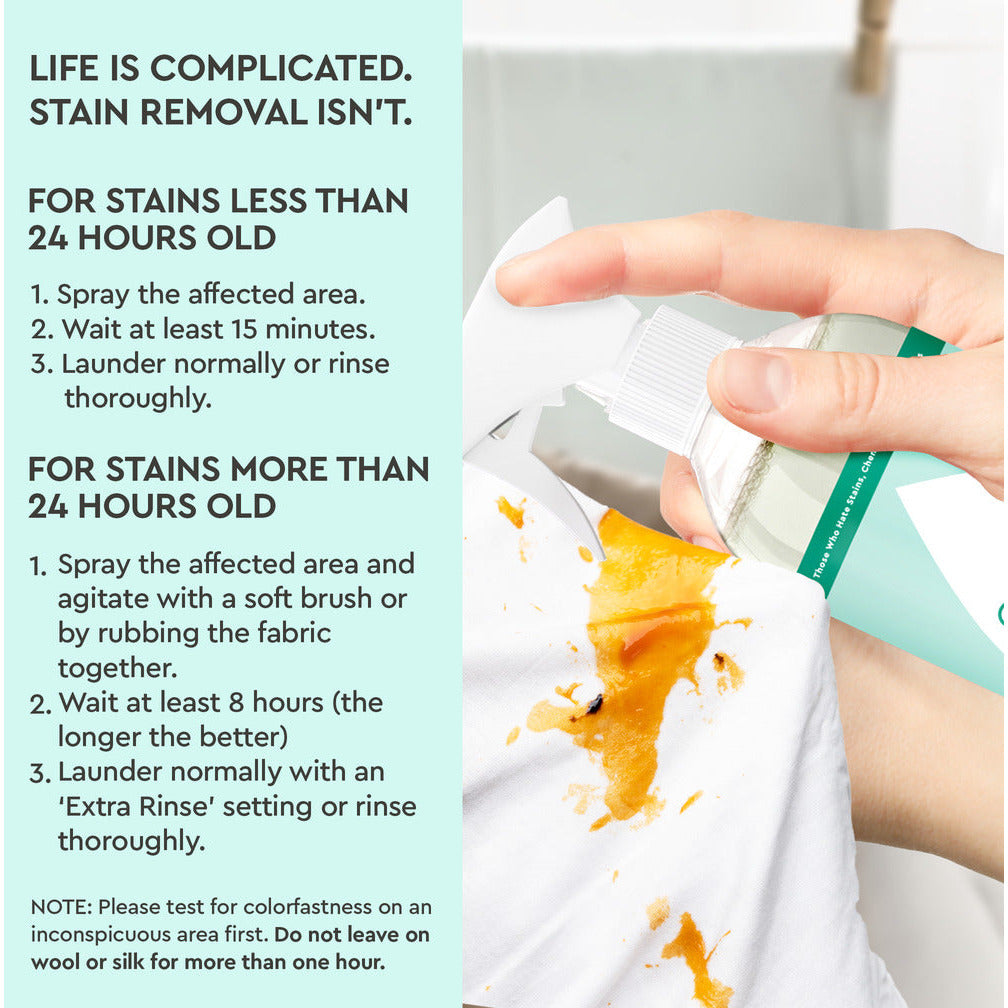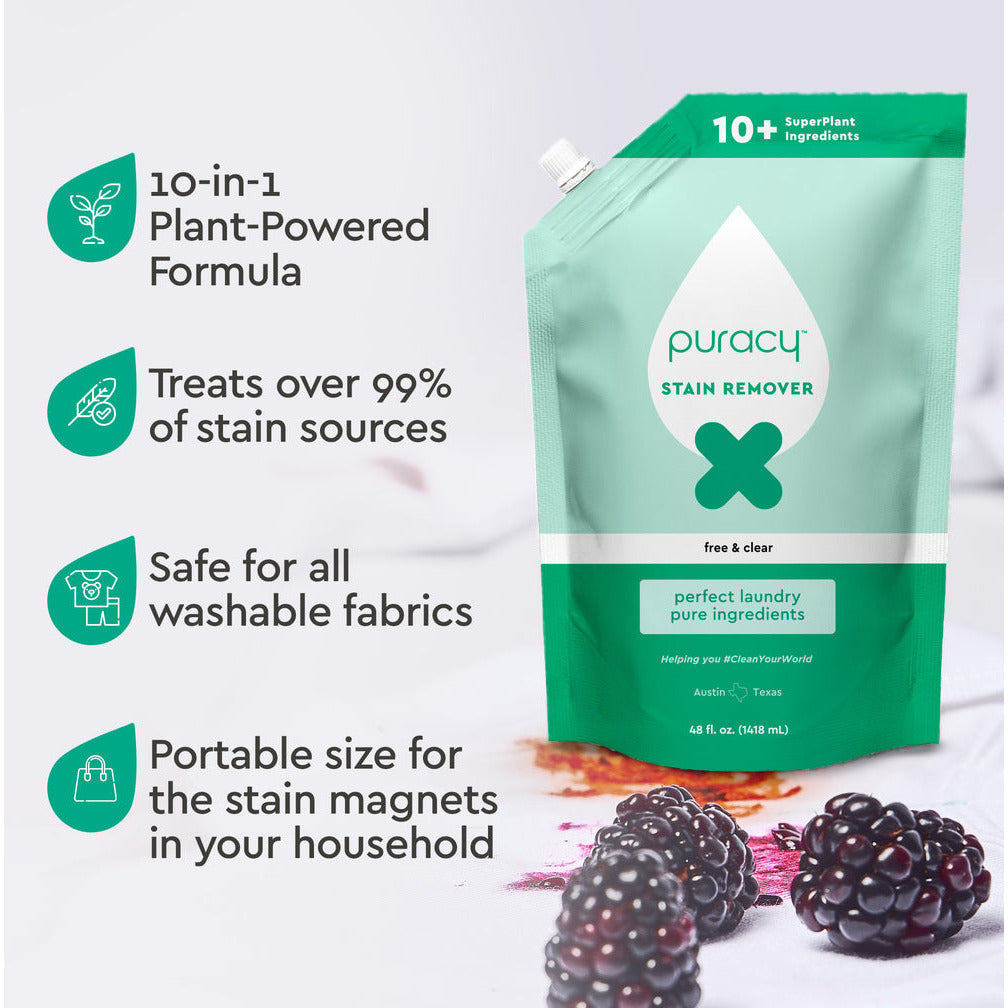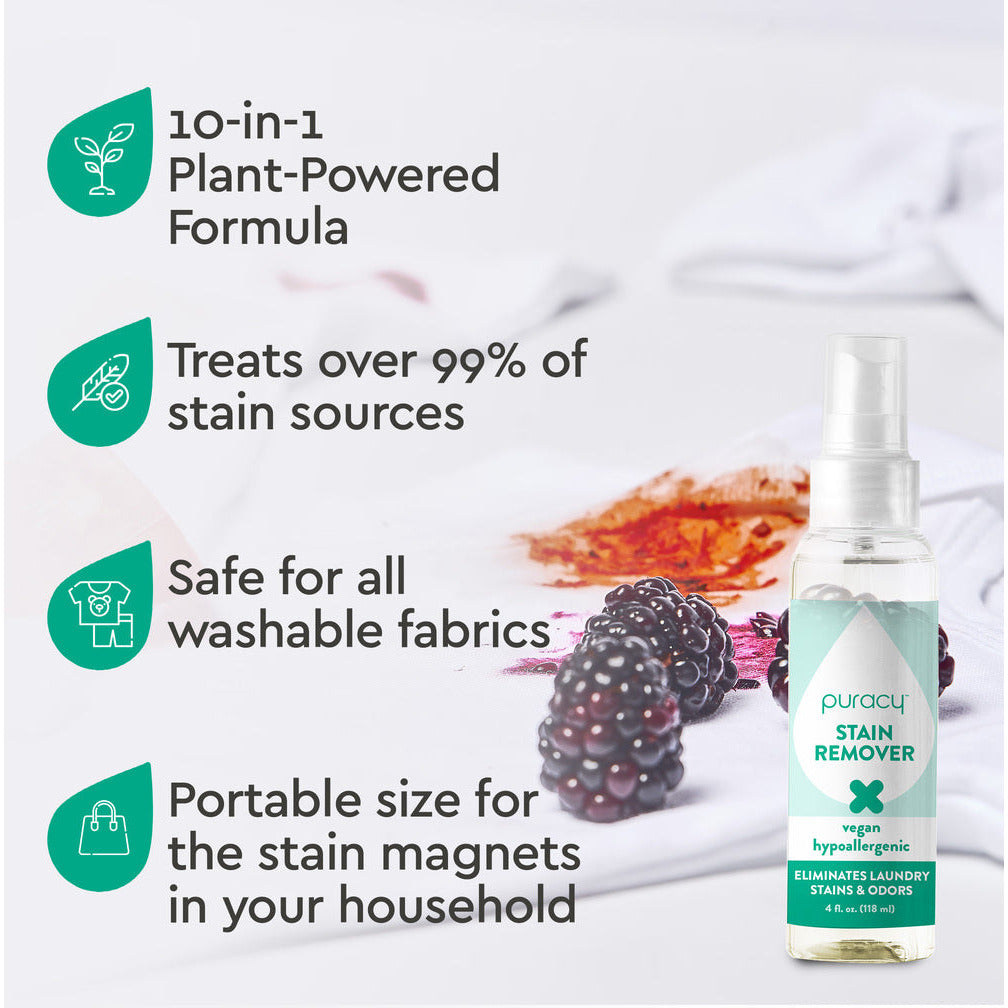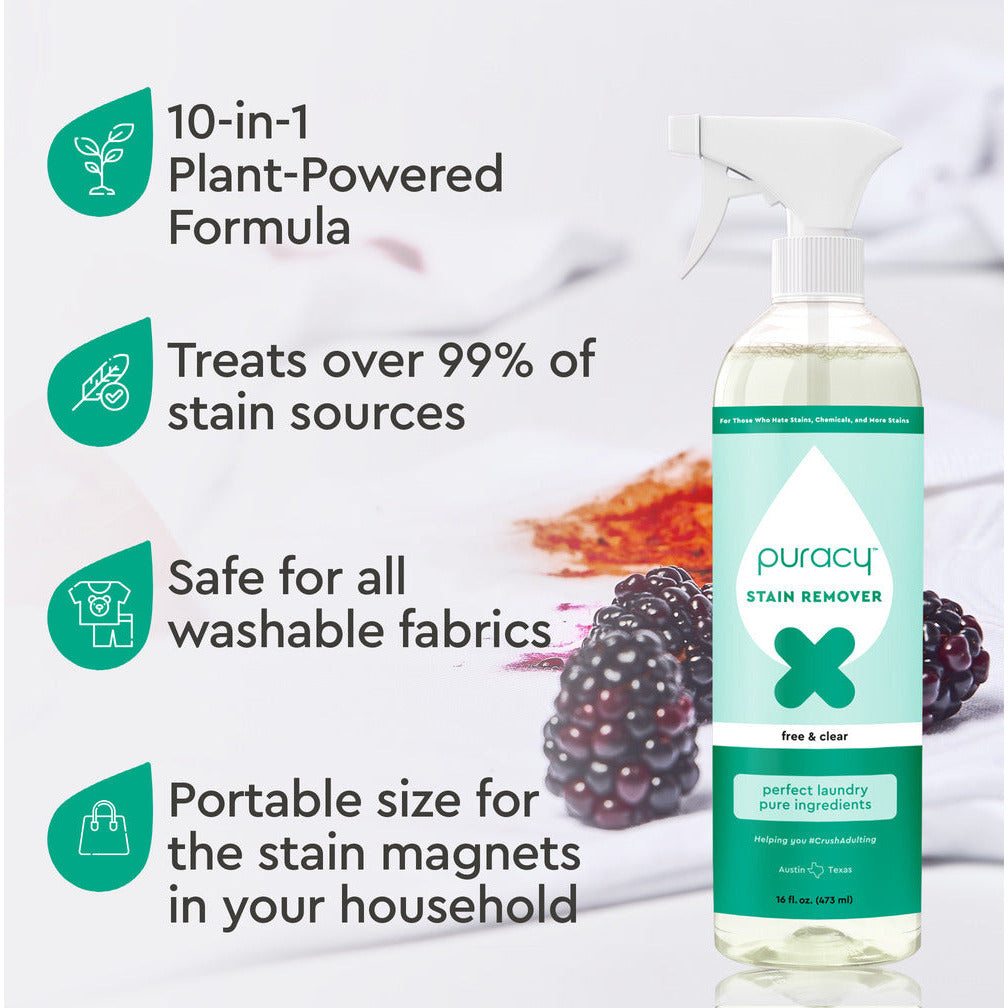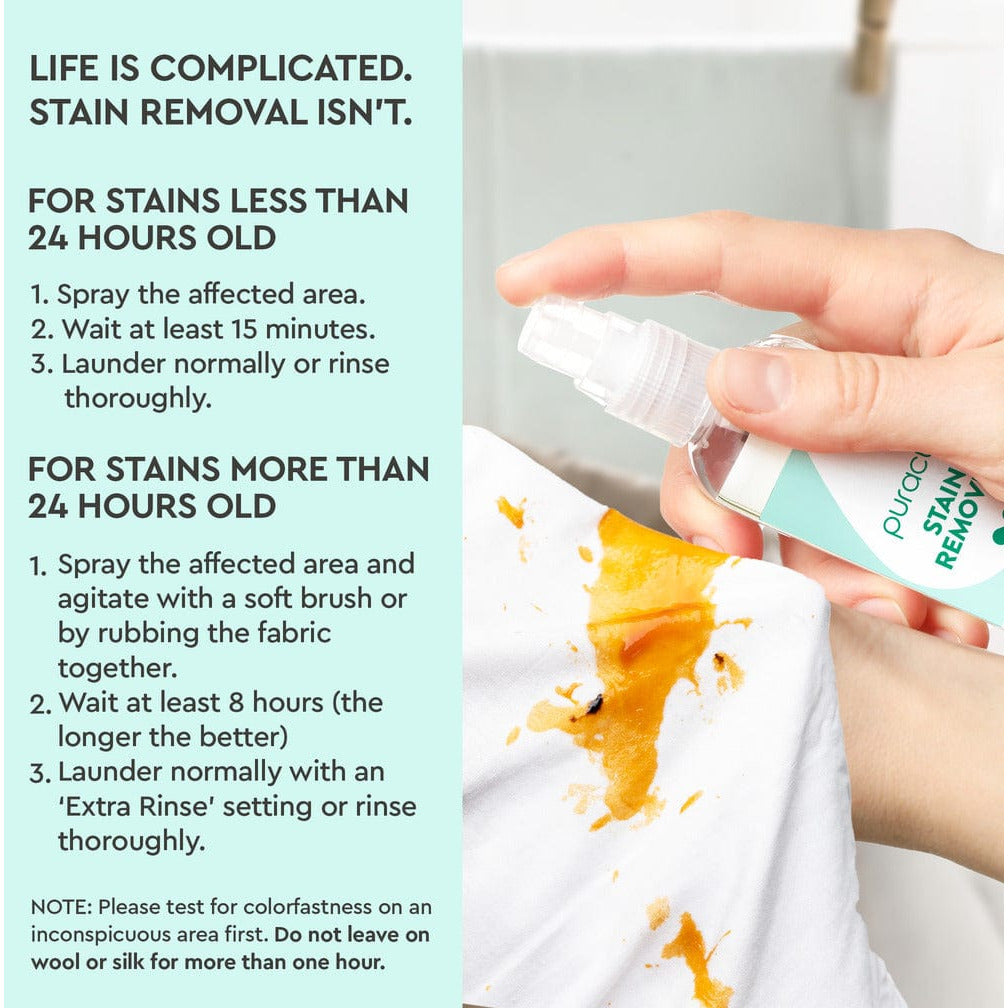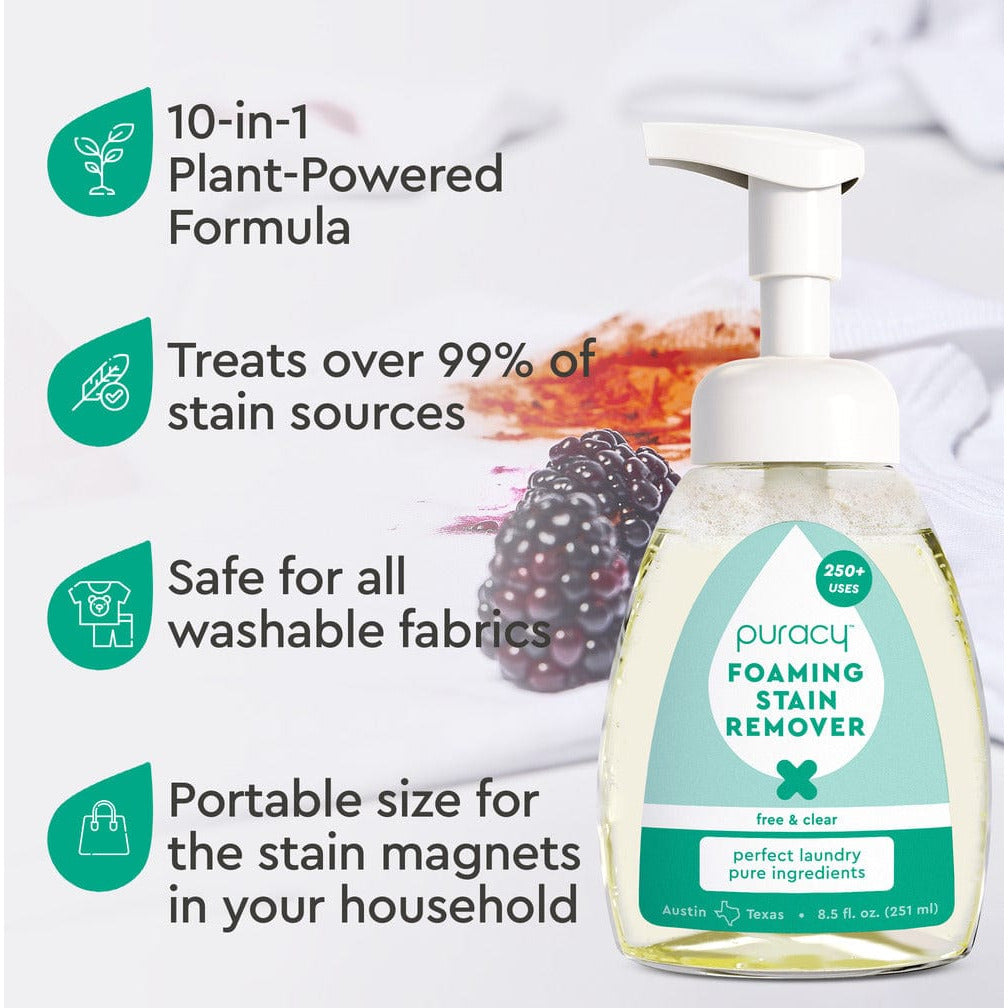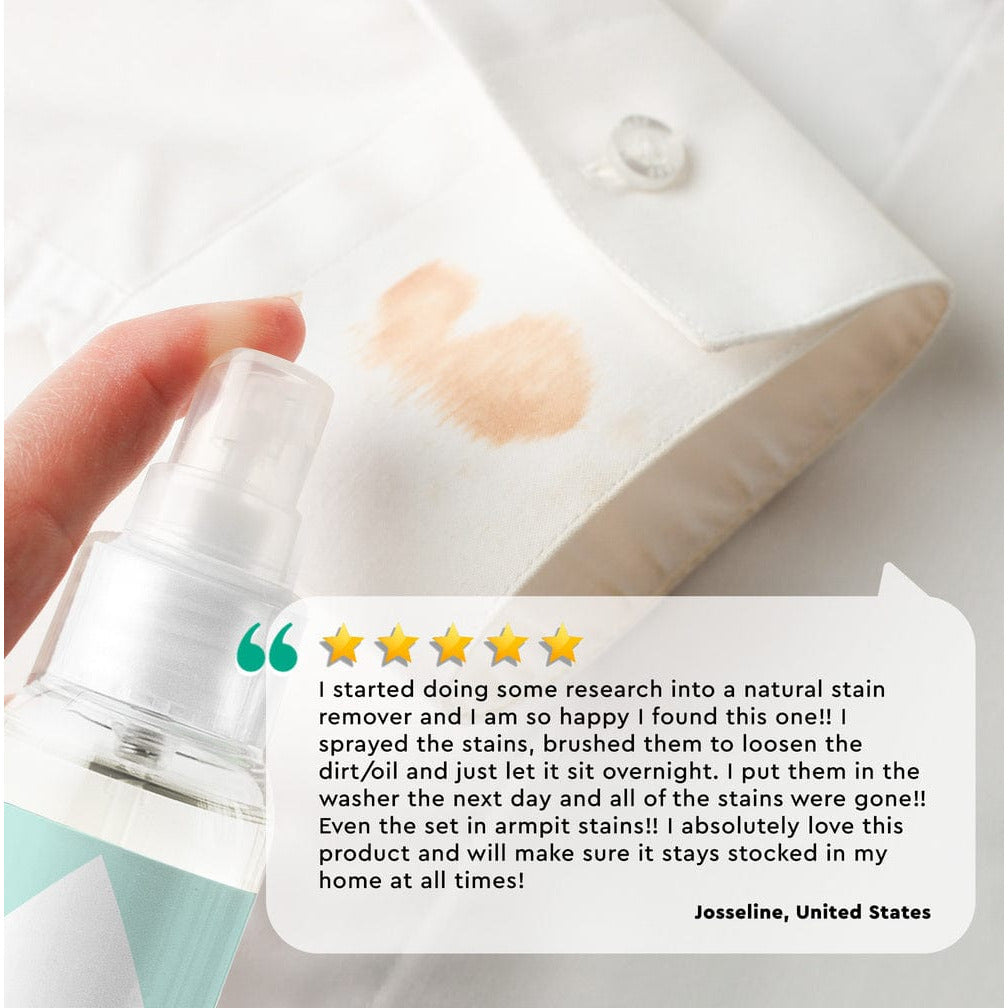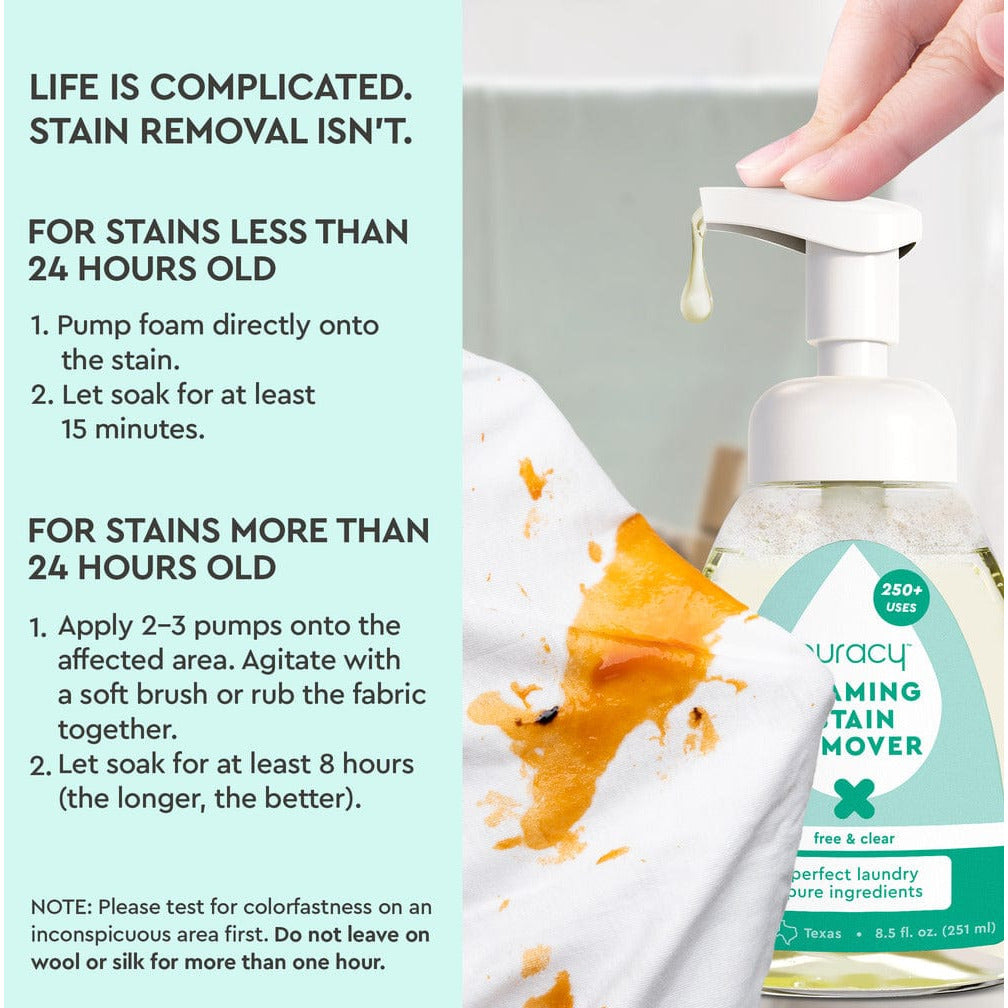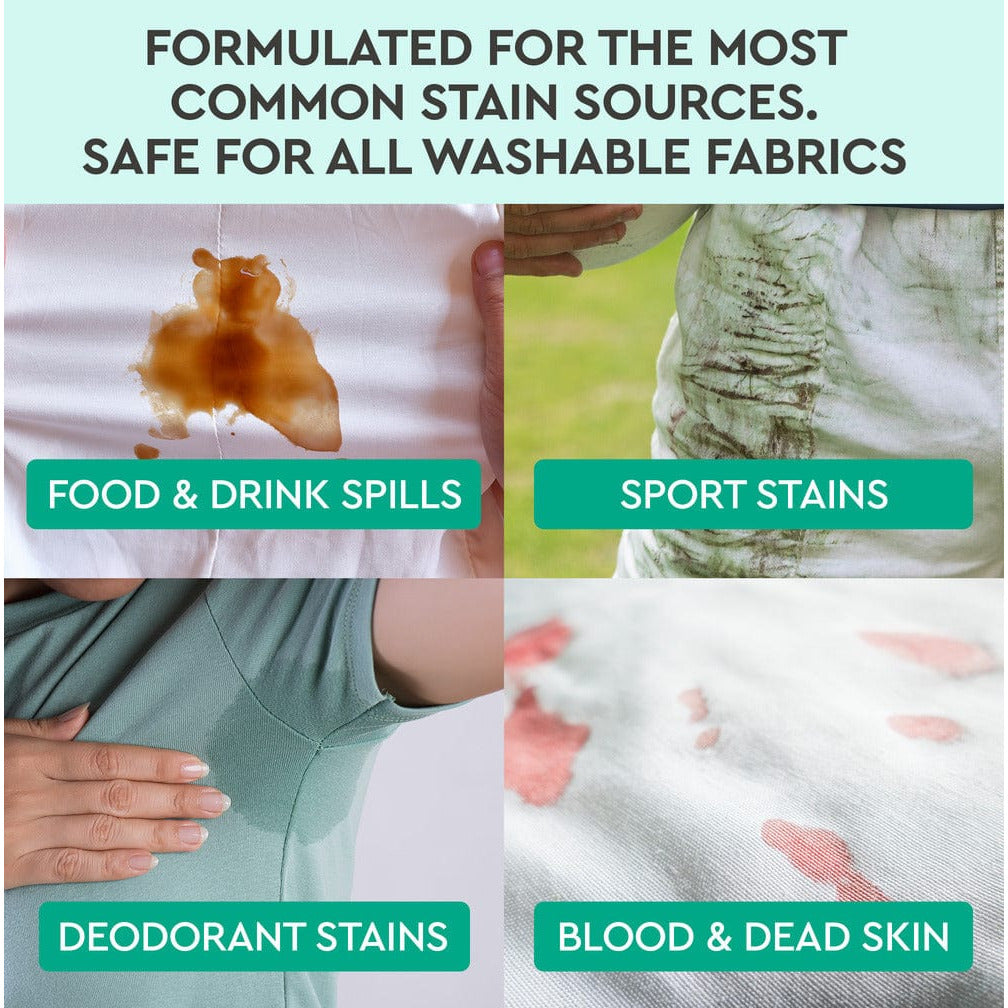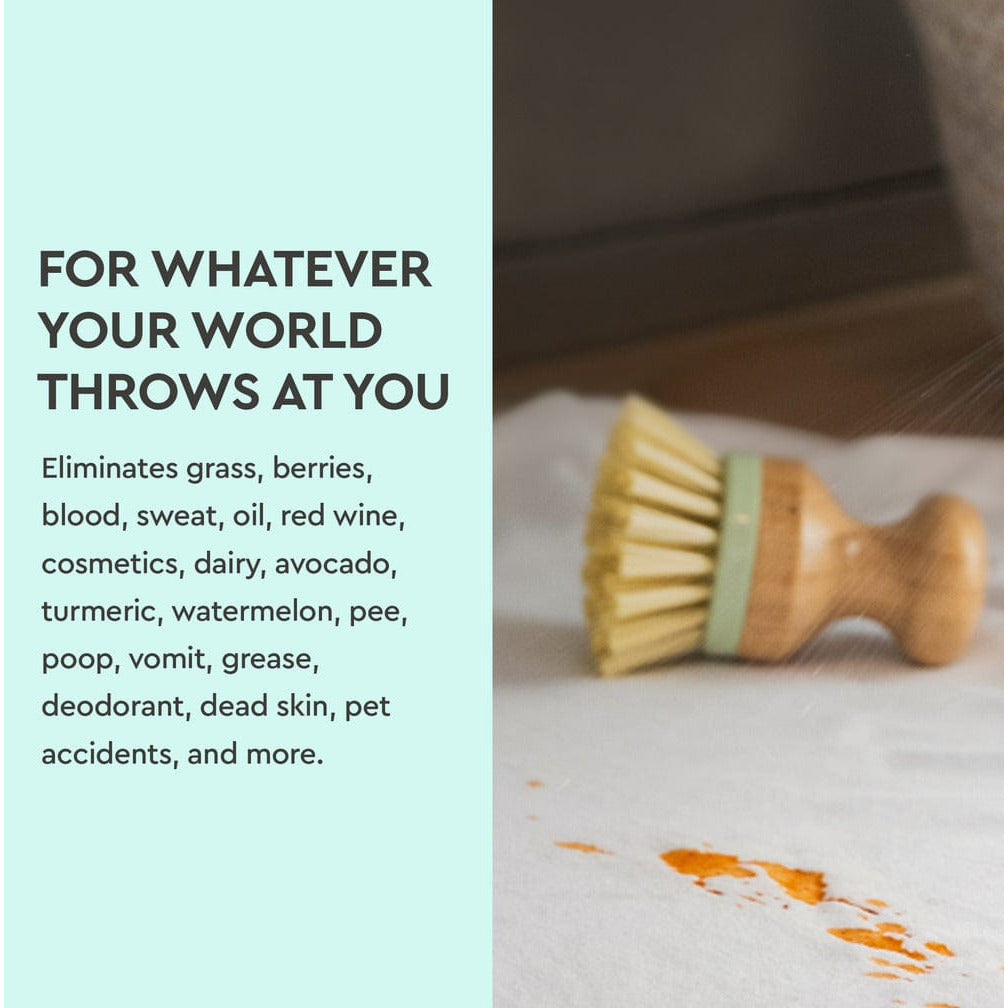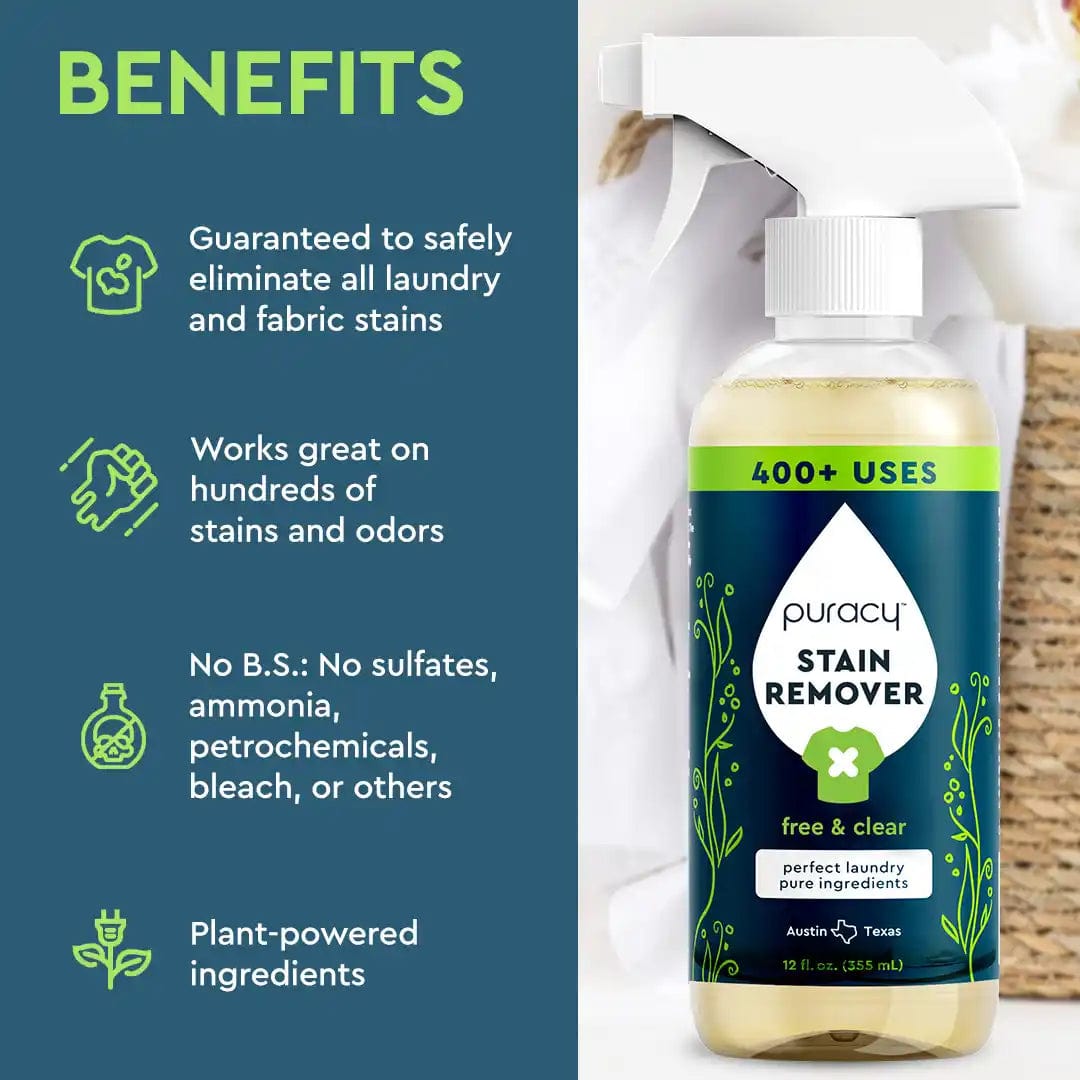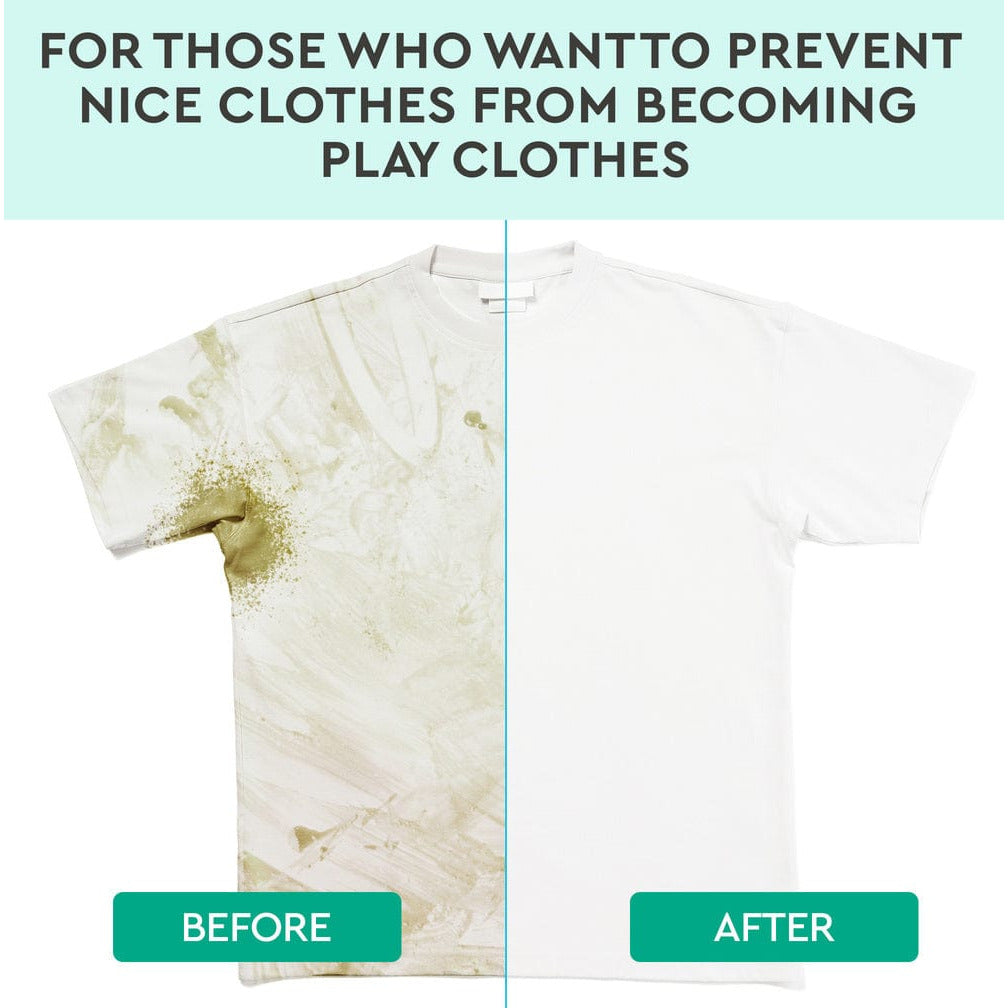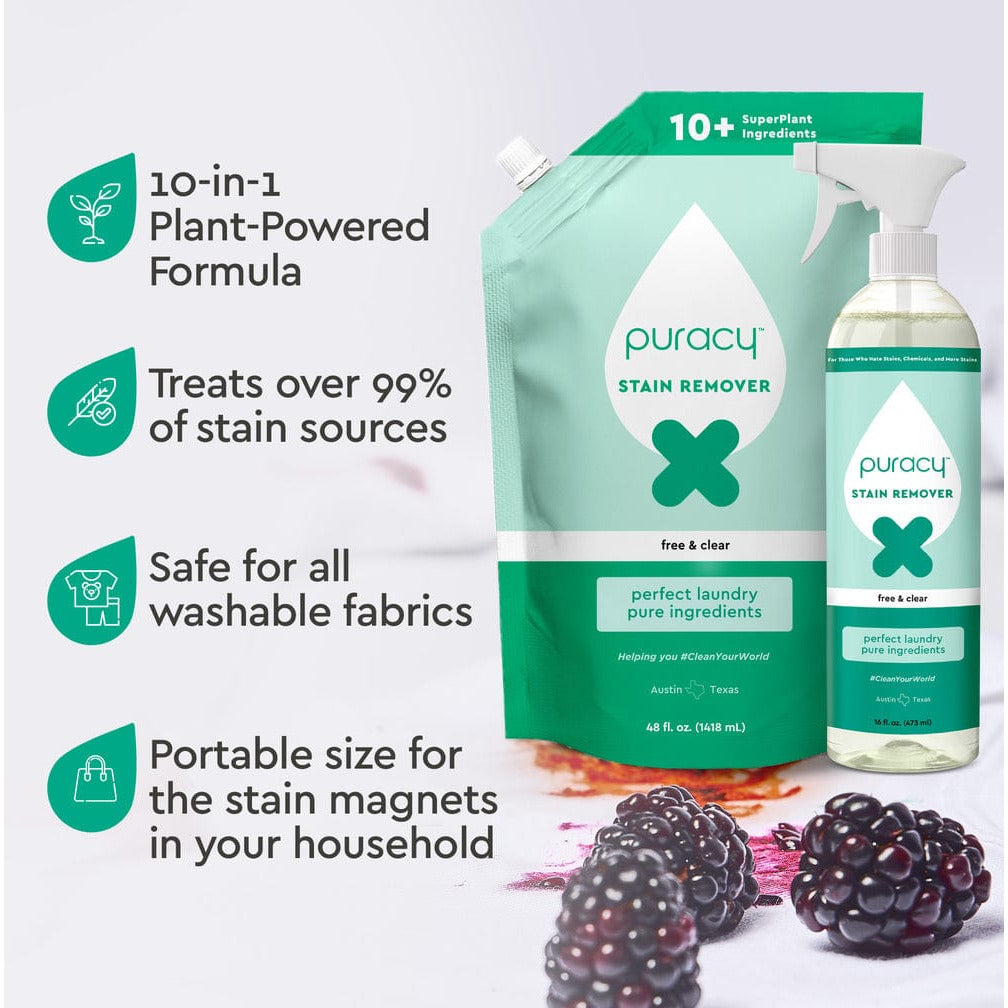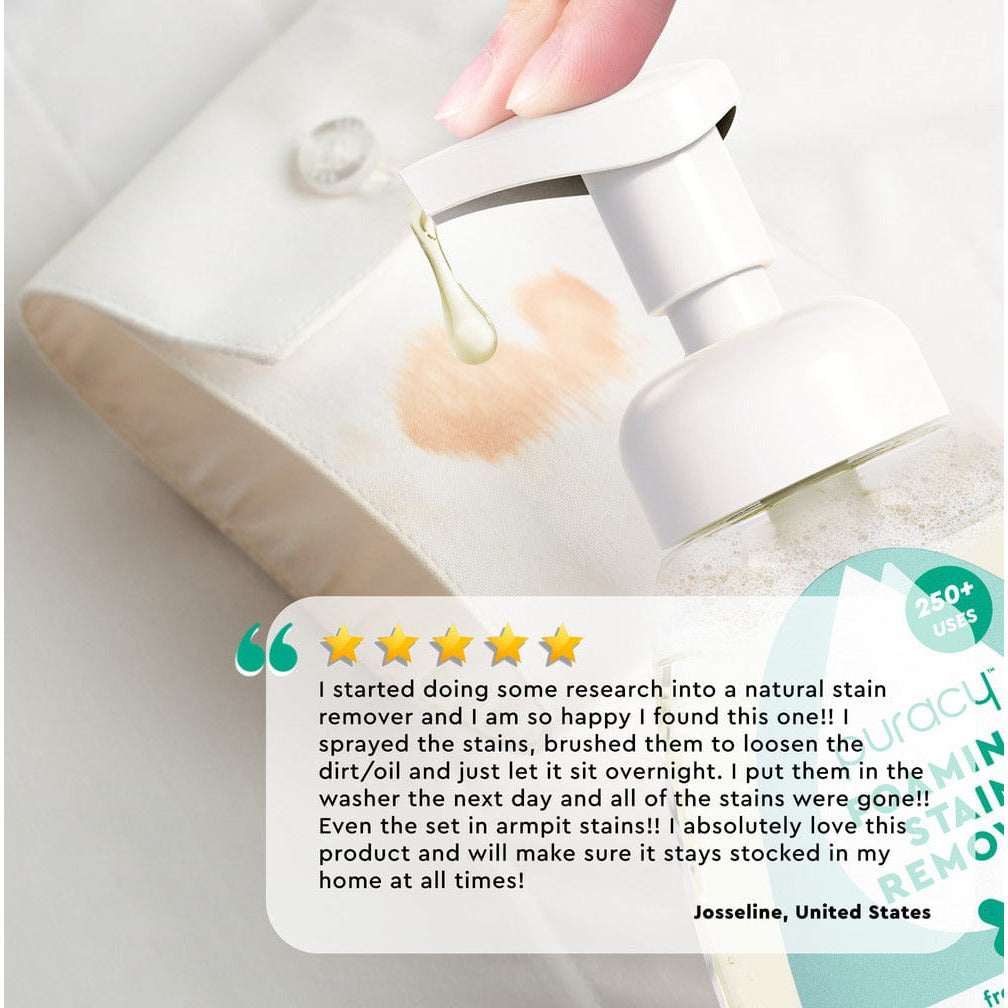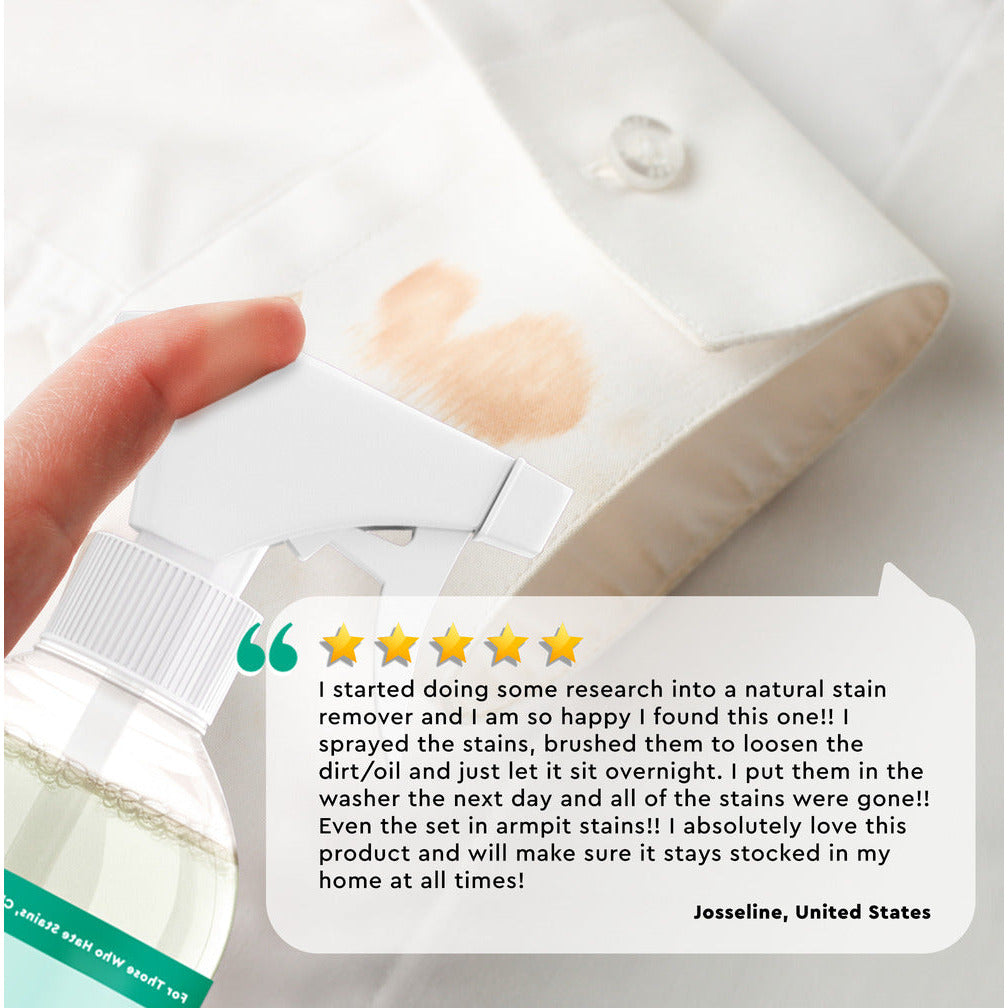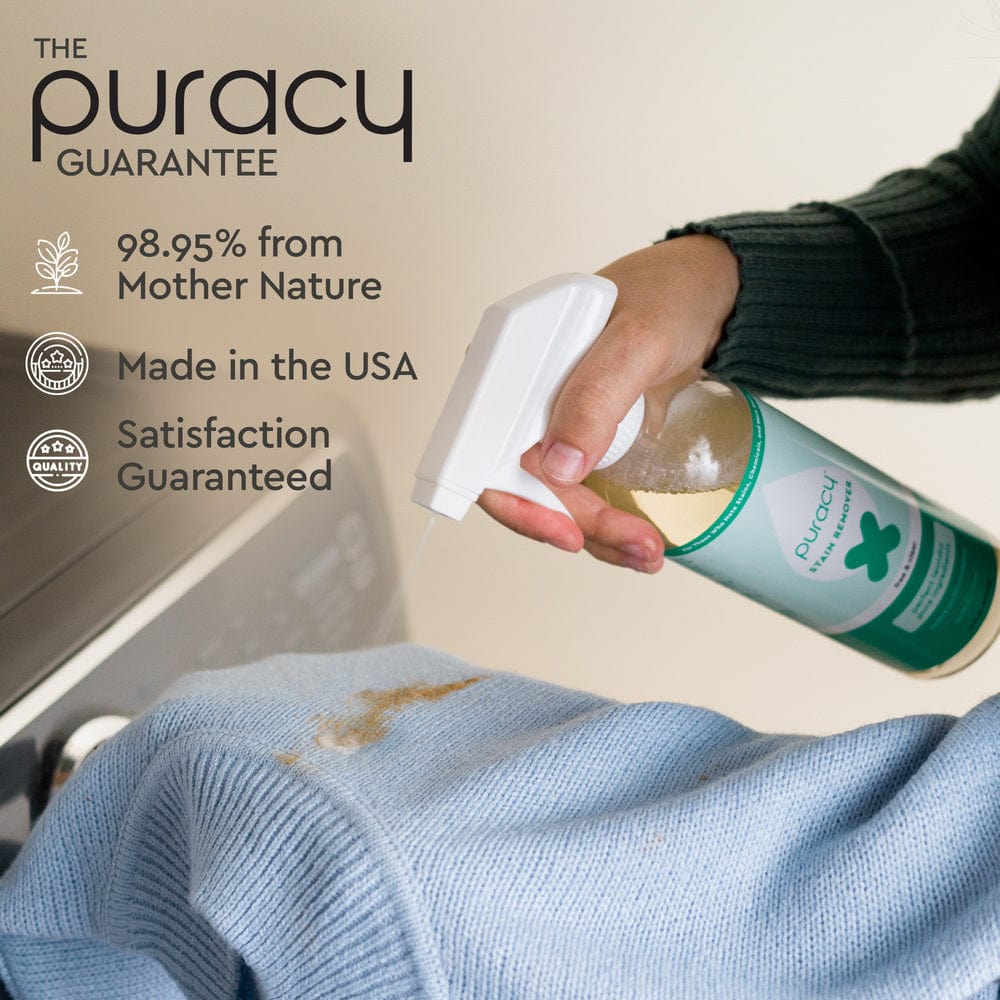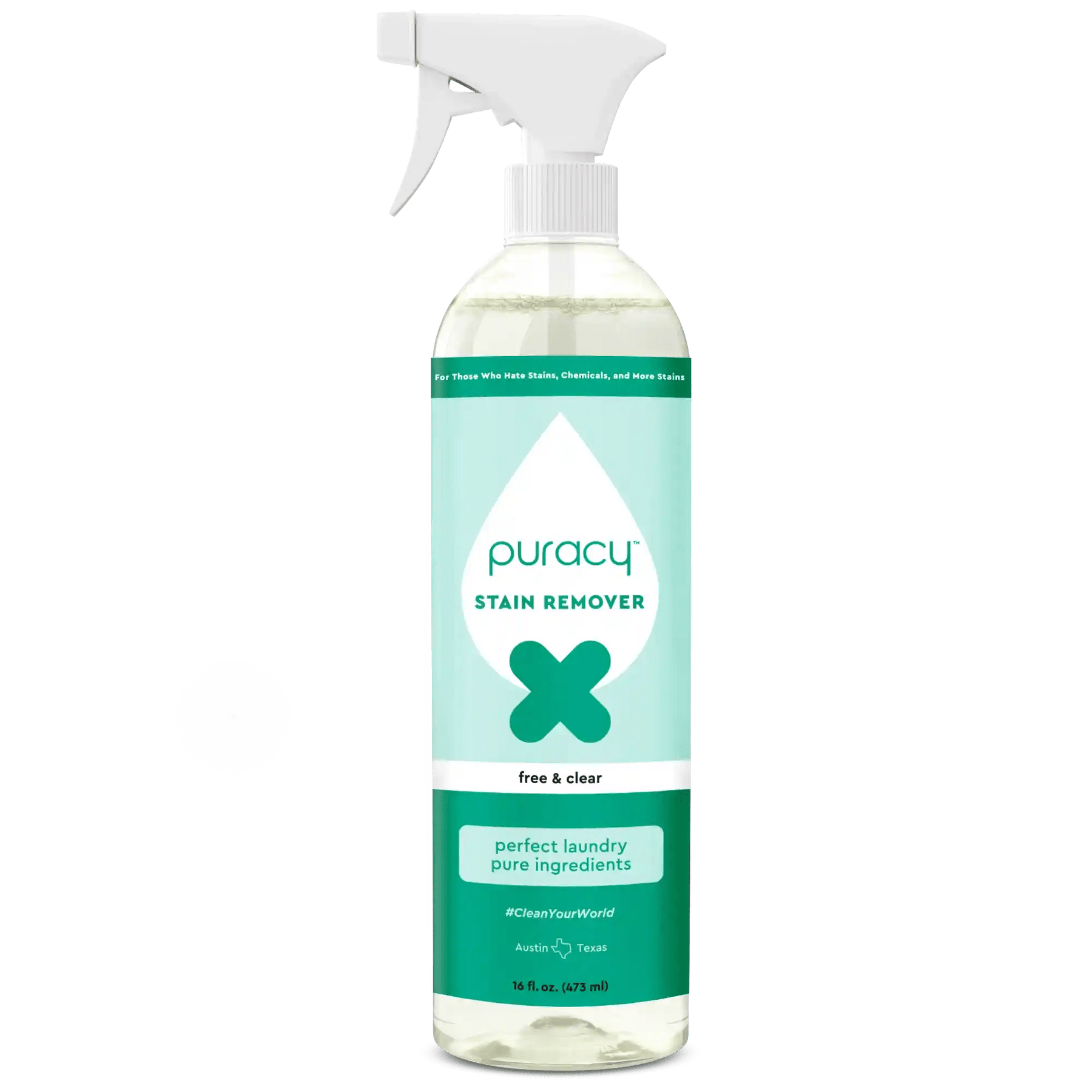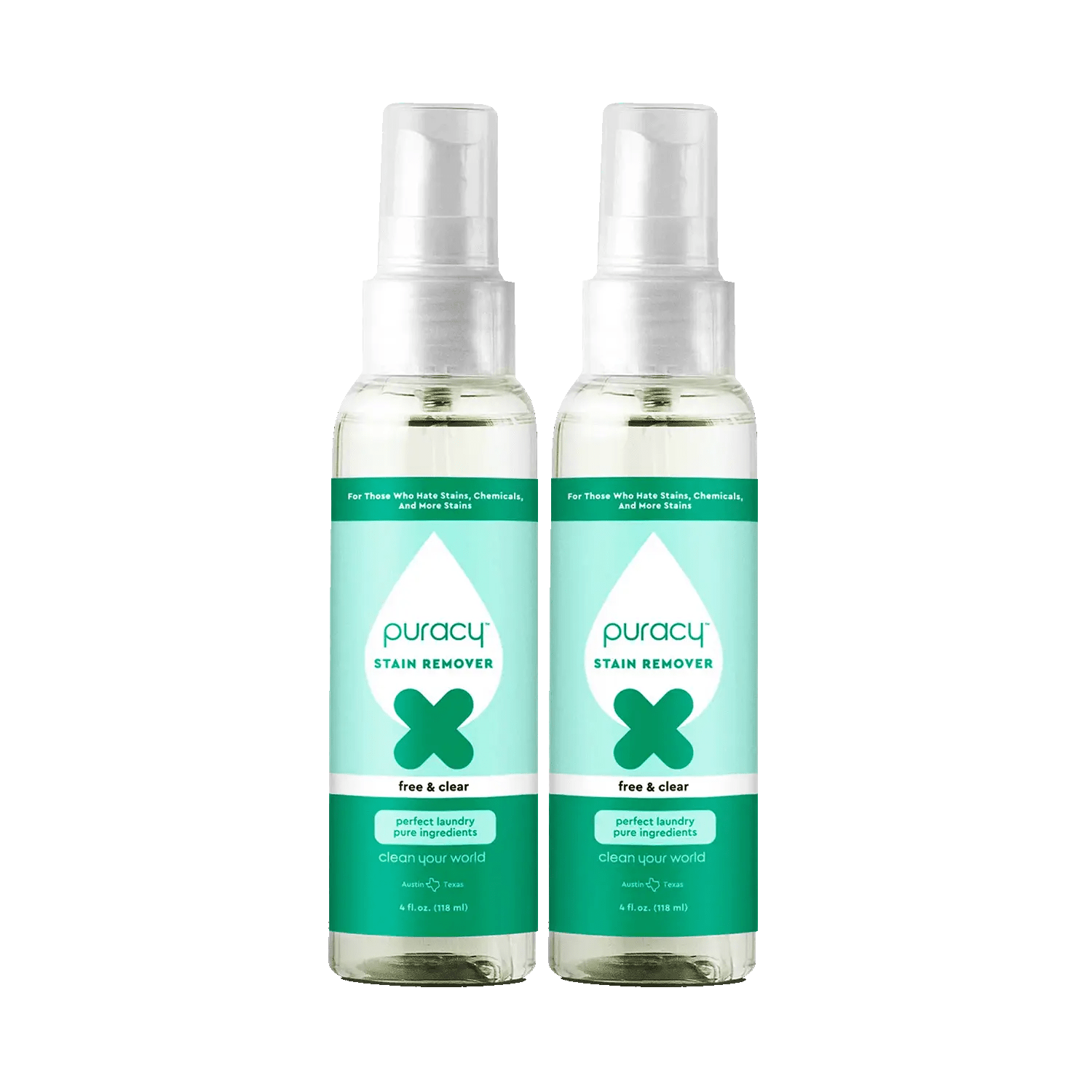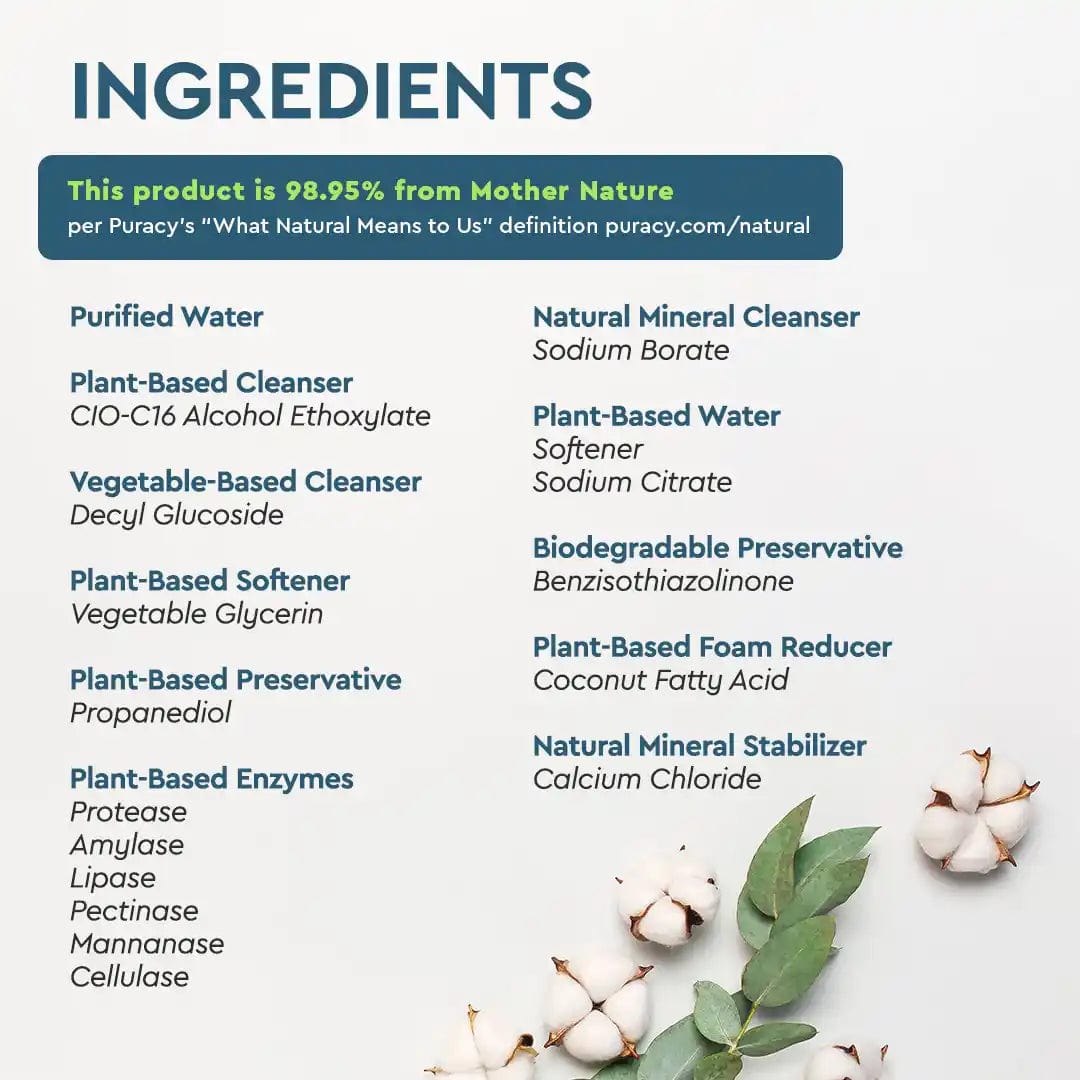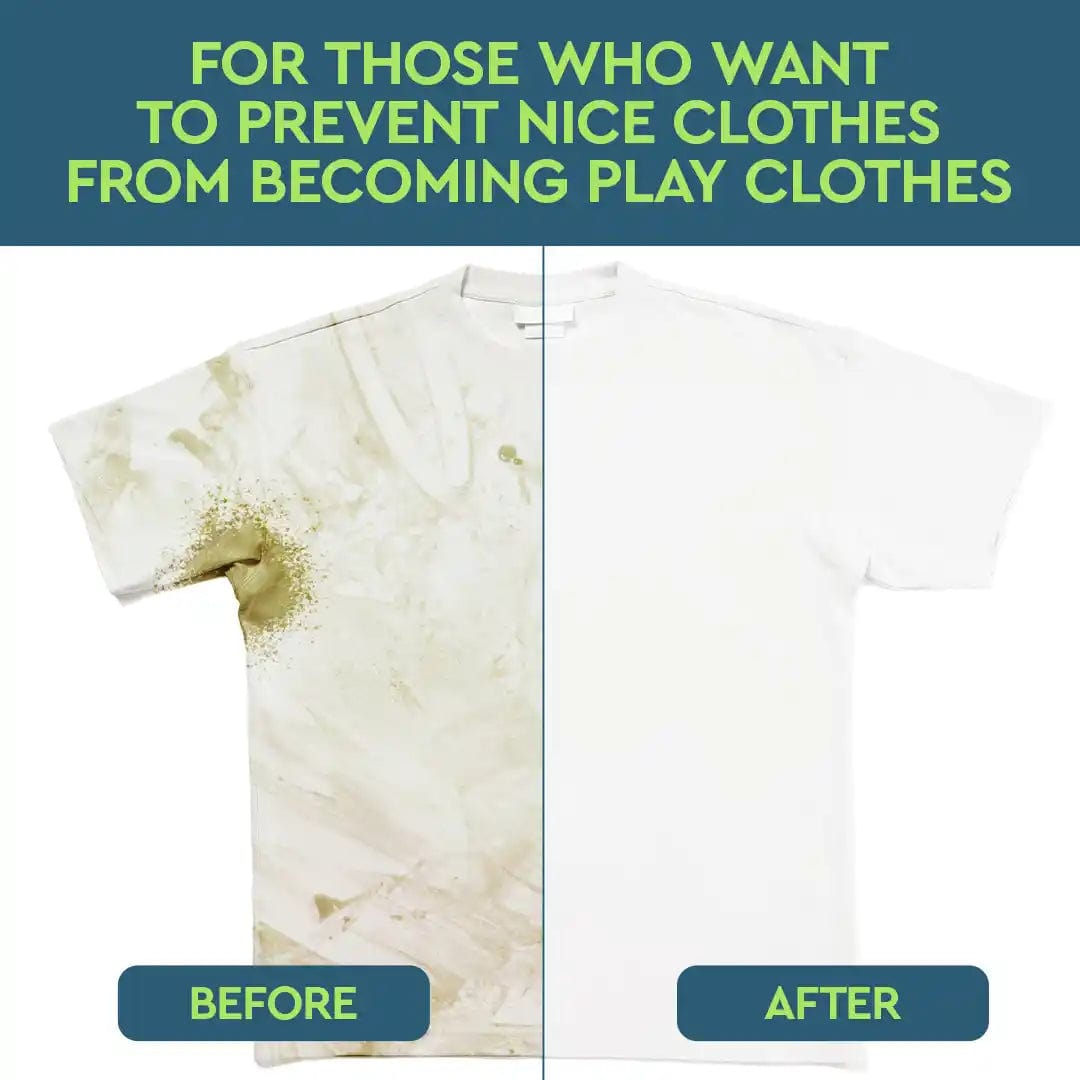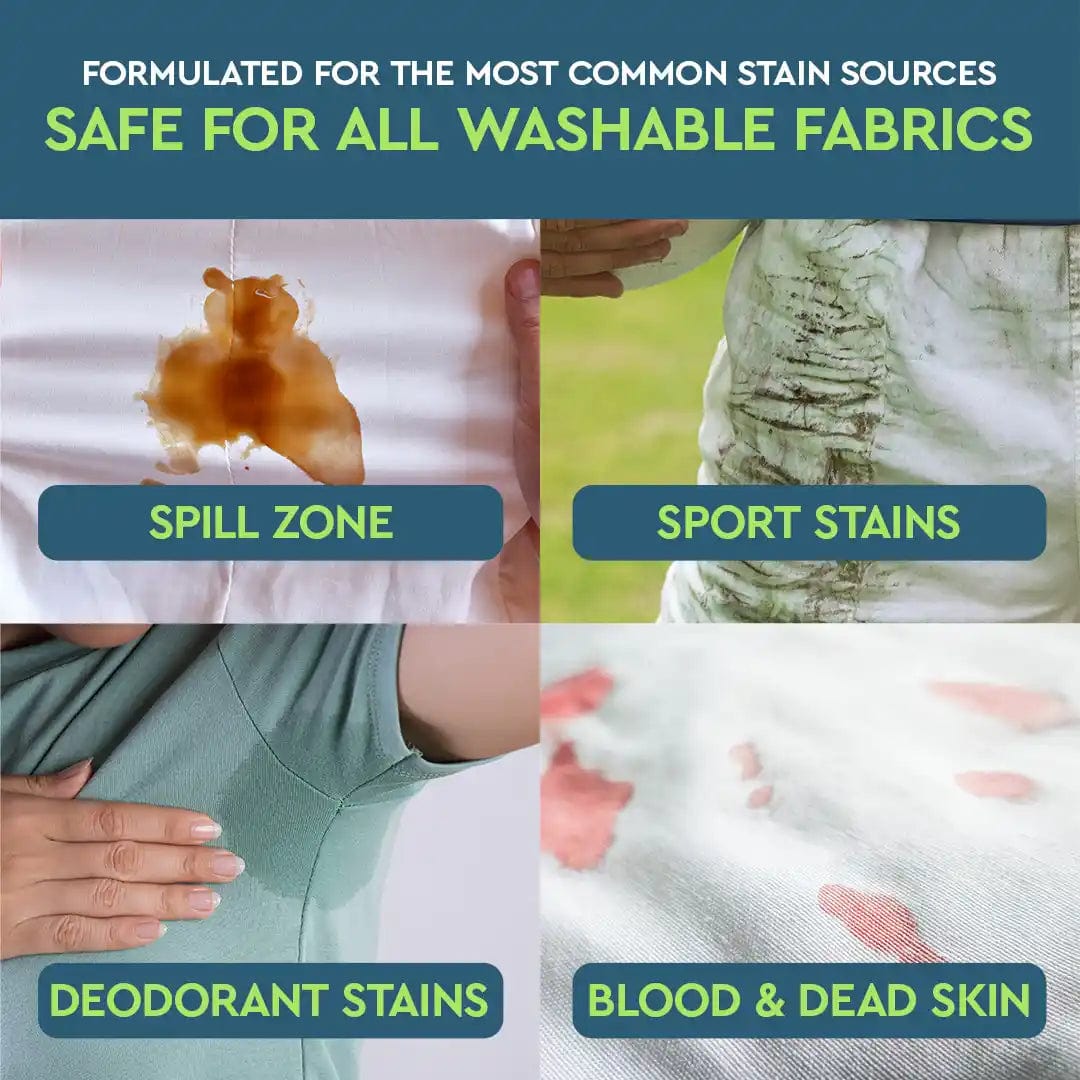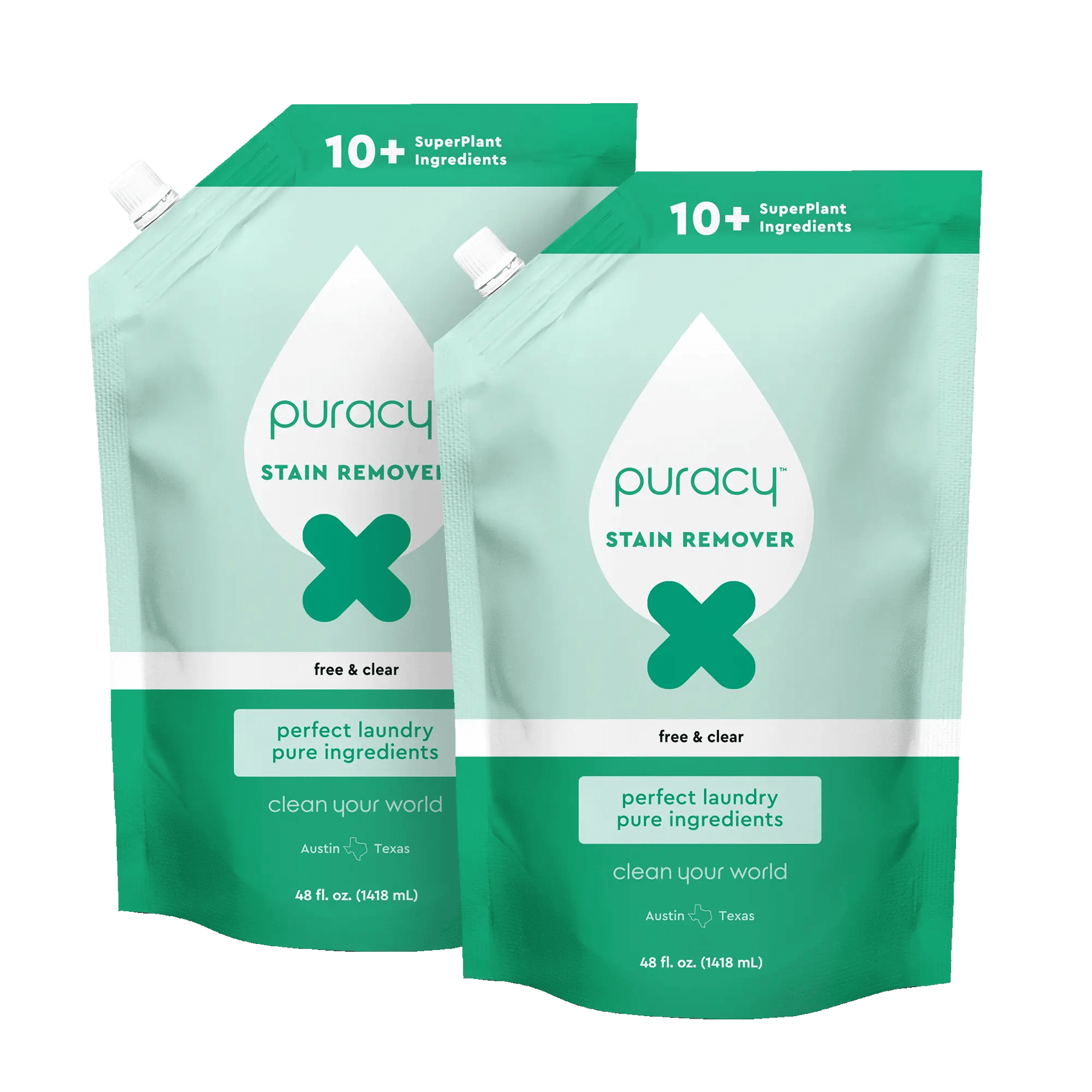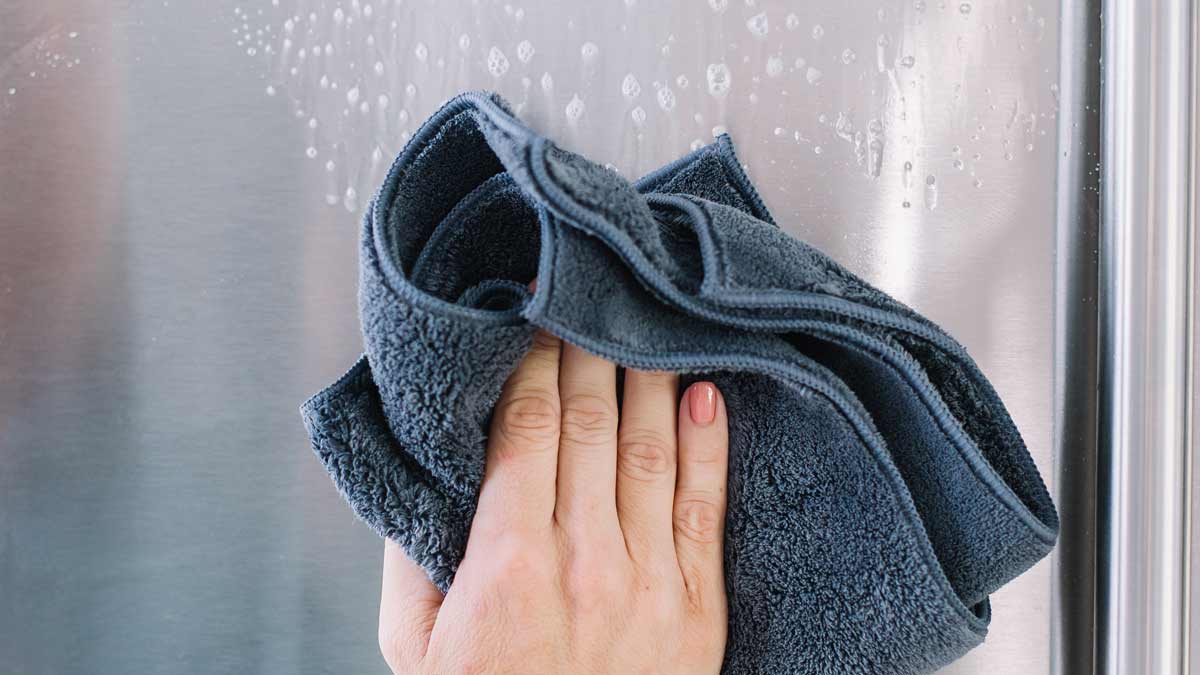Your mattress is one of the most important pieces of furniture in your home. It's where you spend a third of your life, after all. That's why it's so important to keep it neat and disinfected.
Over time, your mattress can accumulate a variety of germs and bacteria. This can lead to a number of problems, including allergies, asthma, and skin infections. That's why it's important to know how to disinfect your mattress regularly.
You need to disinfect your mattress regularly for the following reasons:
- It’s essential for good health. It can help to prevent allergies, asthma, and skin infections.
- It’s more comfortable. When your mattress is free of germs and bacteria, you'll be able to sleep more soundly and wake up feeling refreshed.
- It’s more attractive. When you have guests over, they'll be able to feel the difference.
How to Disinfect Your Mattress

Here is a step-by-step guide on how to disinfect a mattress, including the tools and cleaners you will need:
Tools you will need:
- Steam clean machine
- Puracy's disinfecting surface cleaner or an enzyme cleaner
- Vacuum cleaner
- Dust/mite vacuum (optional)
- UV light (optional)
Steps to Disinfect:
- Remove all bedding and pillows from the mattress.
- Vacuum the mattress thoroughly, paying attention to the seams and edges. This will remove dust, dirt, and any loose hair or dander.
- Use a steaming machine for upholstery. Hold the nozzle about 6 inches above the mattress and start moving back and forth to cover the entire mattress. Be careful not to oversaturate the mattress with steam.
- Let the mattress sit in the sunlight or use a fan to speed up the drying process.
- Once dry, you can use a dust mite vacuum to take away the unseen dust mites from your mattress.
- Spray your disinfecting surface cleaner or an enzyme cleaner on your mattress.
- No need to rinse! Just let it air dry completely.
- If you have a portable UV light, you can pass it through the surfaces of your mattress.
Here are some additional tips for drying a mattress after steaming:
- If you have a memory foam mattress, you may want to avoid using a fan. The fan can dry out the memory foam and make it uncomfortable.
- If you have a waterbed, you will need to use a special mattress dryer that is designed for waterbeds.
- Be careful not to oversaturate the mattress with steam. This can cause the mattress to become damp and moldy.
How to Spot Treat Stains on Your Mattress

Now you know how to disinfect your mattress. But what if you’re only looking to treat spot stains and not your whole mattress? Here’s what you need to do based on the type of stain.
The first thing you need to do is to soak up or blot the stain with a microfiber cloth or paper towel. Do this immediately to avoid the stain from setting.
Urine
Mix a solution of equal parts vinegar and water in a spray bottle. Spray the affected area with the solution and let it sit for about 15 minutes. By this time, the vinegar will have evaporated. Sprinkle some baking soda on the spot and let it sit overnight. Vacuum the baking soda and you’re done!
If you have a memory foam mattress, you may want to avoid using baking soda. Baking soda can dry out the mattress and make it uncomfortable.
Blood
If the mattress is freshly stained, the blood will soak better onto cloth washed in cold water. Make a paste using baking soda and some cold water. Spread that paste directly on the stain and let it sit for about 30 minutes. You can remove the paste later without scrubbing it. To make your mattress look new, use a mixture of hydrogen peroxide with two parts cold water in a spray bottle. Spray the affected area and let it sit for about 15 minutes. Allow it to air dry.
Baby stains
Babies can leave drool, urine, and poop on the bed by accident. After removing the visible, removable dirt, vacuum it. Then use a baby-safe disinfecting solution and leave it to air dry. If there is visible staining, use Puracy’s Natural Baby Stain Remover on any washable fabric and put it in the washer.
If the stain is directly on the mattress, spray the affected area with the baby stain remover then wait for 15 minutes. Fill a basin with warm water and soak a washcloth in it. Wring the cloth and blot it on the treated spot. Do this repeatedly to “rinse” off the stain remover.
Sweat
Mild stains like sweat can be treated the same way you treat urine stains. Learn how to disinfect your mattress using vinegar and water on a spray bottle. Follow the instructions on treating urine stains.
Mold
When treating mold stains, it’s best to wear hand and eye protection. You can also cover your nose and mouth with a mask. To treat molds, use rubbing alcohol on a cloth and gently rub the stained surface. Sometimes, mold problems may be deeper than they look. Consult with a professional for proper disinfection. Don’t forget to wash the bedsheets and pillowcases in high temperatures.
Pet Stains
It’s not impossible for pets to leave unsightly stains and odors. For urine stains, follow the same steps mentioned under “urine”. You can also add a drop of liquid detergent or a mild dish soap to the mixture. Vacuum the area until it’s fresh again.
How to Remove Odor From the Mattress

Unwanted odors on a mattress can be caused by various sources, such as sweat, spills, body oils, pet dander, or even mildew. Here's a step-by-step guide on how to remove these odors.
To make sure the odors are removed, you can disinfect the mattress using the methods stated in the previous section and use the following steps as a guide:
Determining the source of the odor is the first step in disinfecting your mattress. Is it due to sweat, spills, pet dander, or something else? This will help you choose the appropriate treatment.
Before you start using an antibacterial disinfectant, remove all bedding and covers from the mattress. Open windows and doors to ensure good ventilation in the room.
Thoroughly vacuum the mattress using an upholstery attachment to remove loose dirt, dust, and debris. Pay special attention to seams, crevices, and corners.
Disinfect your mattress using the steps mentioned in the previous section, depending on the type of stain you’re dealing with. Use baking soda or cornstarch as a natural deodorizer by sprinkling a generous amount on the mattress to neutralize any odors. Then vacuum the baking soda.
If possible, place the mattress in direct sunlight for a few hours. Sunlight can help kill bacteria and freshen the mattress. Make sure to flip the mattress to expose both sides.
Consider using a mattress protector to prevent future odors and stains. These protectors are easy to get in the washer and can add an extra layer of defense against spills and allergens.
How to Get Rid of Parasites From Your Mattress

Parasites are tiny organisms that can live in your mattress and cause a variety of health problems. Some of the most common parasites found in mattresses include bed bugs, dust mites, ticks, and fleas. These problems are easily avoidable if you know how to disinfect your mattress routinely.
If you think you may have parasites in your mattress, there are a few things you can do to find and treat them:
1. Look for signs of infestation
Bed bugs and ticks leave behind dark spots of excrement, while dust mites leave behind tiny white specks. Fleas may also leave behind small, red bumps on your skin.
2. Vacuum your mattress thoroughly
Use a vacuum with a hose attachment to get into all the nooks and crannies of your mattress.
3. Sprinkle baking soda on your mattress
Baking soda is a natural desiccant that can help to kill parasites. Let the baking soda sit on your mattress for 24 hours, then vacuum it up.
4. Use a mattress protector
A mattress protector can help to prevent parasites from getting into your mattress in the first place.
5. Call a professional exterminator
If you have a severe infestation, you may need to call a professional exterminator to get rid of the parasites.
When Should I Disinfect the Mattress?

You should know how to disinfect your mattress regularly to prevent the build-up of germs and bacteria. This is especially important if you have allergies or asthma, or if you share your bed with other people.
Here are some times when you should definitely disinfect your mattress:
- After someone gets sick in bed.
- If you have pets that sleep in your bed.
- If you have a significant spill on your mattress.
- If you notice any signs of mold or mildew.
- Every six months to a year, as a general maintenance measure.
The frequency with which you should disinfect your mattress will depend on a number of factors, such as your individual needs and lifestyle. However, as a general rule of thumb, you should aim to disinfect your mattress at least once every six months.
If you have allergies or asthma, or if you share your bed with other people, you may need to disinfect your mattress more often. You may also need to disinfect your mattress more often if you have pets that sleep in your bed, or if you have a major spill on your mattress.

